- The LandCruiser finally steps into the modern age
- Ride and handling much improved
- Excellent new turbo-diesel V6 engine
- GX is very basic, yet also very expensive
- Misses out on basic equipment like auto wipers
- Six-monthly service intervals are annoying
The Toyota LandCruiser is a name synonymous with off-roading safely and reliably, so it’s no shock that over 10 million have been sold worldwide since the name’s introduction in 1951. We’re particularly fond of the LandCruiser in Australia thanks to our vast outback, though plenty exist in urban centres as well. If you want an off-roader that will be reliable and comfortable, the LandCruiser is the default choice for many. But what’s the new model like? We tested the entry-level 2022 Toyota LandCruiser 300 Series GX to find out.

While many LandCruisers in bigger cities such as Sydney tend to be towards the top of the range, the entry-level GX is likely to be a pretty popular choice among rural buyers. Its pricing is $10,000 less than the next model up GXL, while its basic equipment list and vinyl flooring means that for farmers, miners and other industry buyers, it will be the perfect LandCruiser model.
Price & Equipment: 6/10
Priced at $89,990 plus on-road costs (around $98,000 drive away, depending on your location), we tested the entry-level GX variant of the LandCruiser 300 Series range.
Because the GX is the entry-level LandCruiser 300 Series, there’s a very basic standard level of equipment. This includes automatic LED headlights, 17-inch steel wheels, a snorkel, dual-zone climate control, keyless entry and start, electric-folding mirrors, a 9.0-inch touchscreen with wired Apple CarPlay and Android Auto, digital radio, a six-speaker sound system, a 4.2-inch screen for the driver’s display, selectable driving modes, low- and high-range gearing and off-road tech such as hill descent control and crawl control.
Safety equipment includes 10 airbags, auto emergency braking (AEB) with pedestrian and daytime cyclist detection, trailer sway prevention, adaptive cruise control with stop and go functionality, lane departure warning with active braking (this can be pretty alarming in person), a reversing camera, auto high beam and speed sign recognition.
The base model LandCruiser 300 Series misses out on a lot of kit that we think could be added to make it feel less basic, including automatic (even intermittent!) wipers, heated and auto-folding mirrors, more than two USB ports throughout the cabin and front and rear parking sensors.
Most of that is added, plus a wireless charger, LED front fog lights, two extra seats for seven in total (with third row curtain airbag coverage), blind-spot monitoring with rear cross-traffic alert, 18-inch alloy wheels and side steps for around $110,000 drive away in the next step up GXL, which we think is worth the step up.
Available colours include the no-cost ‘Glacier White’ and ‘Ebony’, while for $645 extra, buyers can choose ‘Graphite’, ‘Merlot Red’, ‘Eclipse Black’, ‘Saturn Blue’, ‘Dusty Bronze’ and our test car’s ‘Silver Pearl’. The sole interior option for the GX is black cloth.
The chief competitor to the Toyota LandCruiser 300 Series is the Nissan Patrol, which features a 298kW/560Nm 5.6-litre petrol V8 and a seven-speed automatic transmission. But like the LandCruiser, it’s got a good 3,500kg towing rating, good off-road ability and seats up to seven.
The entry-level Patrol Ti is priced from $82,160 plus on-road costs (around $90,000 drive away), and it includes significantly more kit than the LandCruiser GX, including leather upholstery, larger wheels, electric front seats, more safety kit like blind-spot monitoring, auto wipers, tri-zone climate control and more USB ports. The Toyota has features like Apple CarPlay and Android Auto, but that’s nowhere near enough to compensate.
Performance & Economy: 9/10
The biggest change for a lot of LC200 owners with the LC300 is that it no longer features the V8 diesel used in the previous car. Instead, there’s a new ‘F33A-FTV’ 3.3-litre twin-turbocharged V6 diesel engine that pumps out 227kW of power (at 4,000rpm) and 700Nm of torque (between 1,400 and 2,600rpm).
This engine is matched to a new 10-speed automatic transmission, which is mostly excellent – it occasionally gets caught mid-corner but a boot of the throttle solves that. It proves that 10 gears is not too many, which is a worry that we had before driving it. Like the engine, the gearbox is smooth and utterly predictable in all driving situations.
The new engine is fantastic. It’s grunty, powerful and surprisingly nice to the ears as well – plus, it’s surprisingly quick too. It’s a big step up from the lazy V8 diesel. Many of the traditional LandCruiser buyer base started crying when the old V8 was shelved, but when the new V6 diesel is punchier, much more refined and more fuel efficient, why? This is an excellent engine and we hope it makes its way into other Toyota products.
Toyota claims that the LandCruiser 300 Series will use 8.9L/100km on a combined cycle, and we achieved 10.2L/100km in mostly urban driving, which isn’t bad for a 2,410kg (tare) large SUV. It features a 110-litre fuel tank, which will enable a cruising range of around 1,100km based on our fuel consumption.
Ride & Handling: 9/10
Now riding on Toyota’s ‘TNGA’ platform, which also underpins a plethora of other new Toyota models in various sizes, the LandCruiser 300 Series’ biggest improvement to us has been the increase in driving dynamics. While it’s no sports car, it’s far more confidence inspiring and solid on the road than the previous 200 Series. The steering feels more connected, the suspension is better tuned and overall, it feels far more car-like and normal than the 200 Series.
Whereas previous LandCruiser models wafted over bumps, the 300 Series feels much more connected to the road. It’s a touch firmer, but the body control is significantly better than before. In our test week with it, we drove through a variety of conditions and not once did it break a sweat. What’s even more pleasing is that it’s no longer a car that feels cumbersome to drive in town. It never feels small to drive, but it feels smaller than the previous generation LandCruiser and far more car-like. This will make it an easier sell for a wider variety of buyers.
As for what most LandCruiser owners actually care about, Toyota claims that the LandCruiser 300 Series can tow up to 3,500kg (braked) and its gross vehicle mass (GVM) is 3,280kg. Its ground clearance is 245mm, its maximum wading depth is 700mm, its approach angle is 32 degrees and its departure angle is 25 degrees.
We tested the LandCruiser GX in light off-roading conditions and despite the lack of fancier off-road tech like Toyota’s kinetic suspension and front and rear locking differentials – which are added if you go further up the LandCruiser tree – it breezed through like no surface had changed.
Interior & Practicality: 8/10
Even in entry-level GX form, the interior of the LandCruiser 300 Series has seen improvements compared with the 200 Series that it replaced. The quality is better, the fit and finish is excellent and it’s a more ergonomic space with easier controls and better technology than before. Even though it’s the farmer/miner-spec car, touches like soft touch materials and the lovely leather steering wheel with metal inserts add a touch of quality.
There’s no denying the basic interior ambience of the LC300 GX though, with vinyl flooring, basic cloth seats with no lumbar or electric adjustment and lots and lots of blank buttons.
Centre of the 2022 Toyota LandCruiser 300 Series’ cabin is a 9.0-inch touchscreen with wired Apple CarPlay and Android Auto and digital radio – no satellite navigation features until the mid-spec VX, unfortunately. The system is identical to that in other Toyota products and it’s fine – the layout is easy to understand, the screen is good quality and the six-speaker sound system is a definite step up on other entry-level Toyota sound systems. Having said that, only featuring two USB ports in the whole car is poor.
The LandCruiser 300 Series GX’s cabin is practical, though hardly a Volvo or Skoda in offering clever storage solutions. The door bins are reasonable, as is the glovebox, while the centre arm rest box is huge, as are the cup holders and there is also a tray next to the gearbox that perfectly fits a smartphone.
The rear seat of the LandCruiser is roomy and comfortable, though it’s very light on features with just air vents and a 12V socket – there are no map pockets, charging ports, an arm rest, heated seats, window shades, etc on offer.
The boot of the 2022 Toyota LandCruiser 300 Series is huge at 1,131-litres with the seats erect, and 2,052L with the rear seat folded and tumbled. Under the car is a full-size spare wheel, while a 220V socket is in the boot.
Service & Warranty: 7/10
Like other Toyota models, the 2022 Toyota LandCruiser 300 Series GX comes with a five-year/unlimited km warranty with no roadside assistance. Unlike most other new Toyota products, the LandCruiser 300 Series’ service intervals occur once every six months/every 10,000km, whichever comes first, and the first five years of servicing (or 10 services in total) is capped at $375 per service, so $750 per year. If you service it at a Toyota dealer for the first five years, the warranty on the engine and drivetrain is extended by another two years to seven in total.
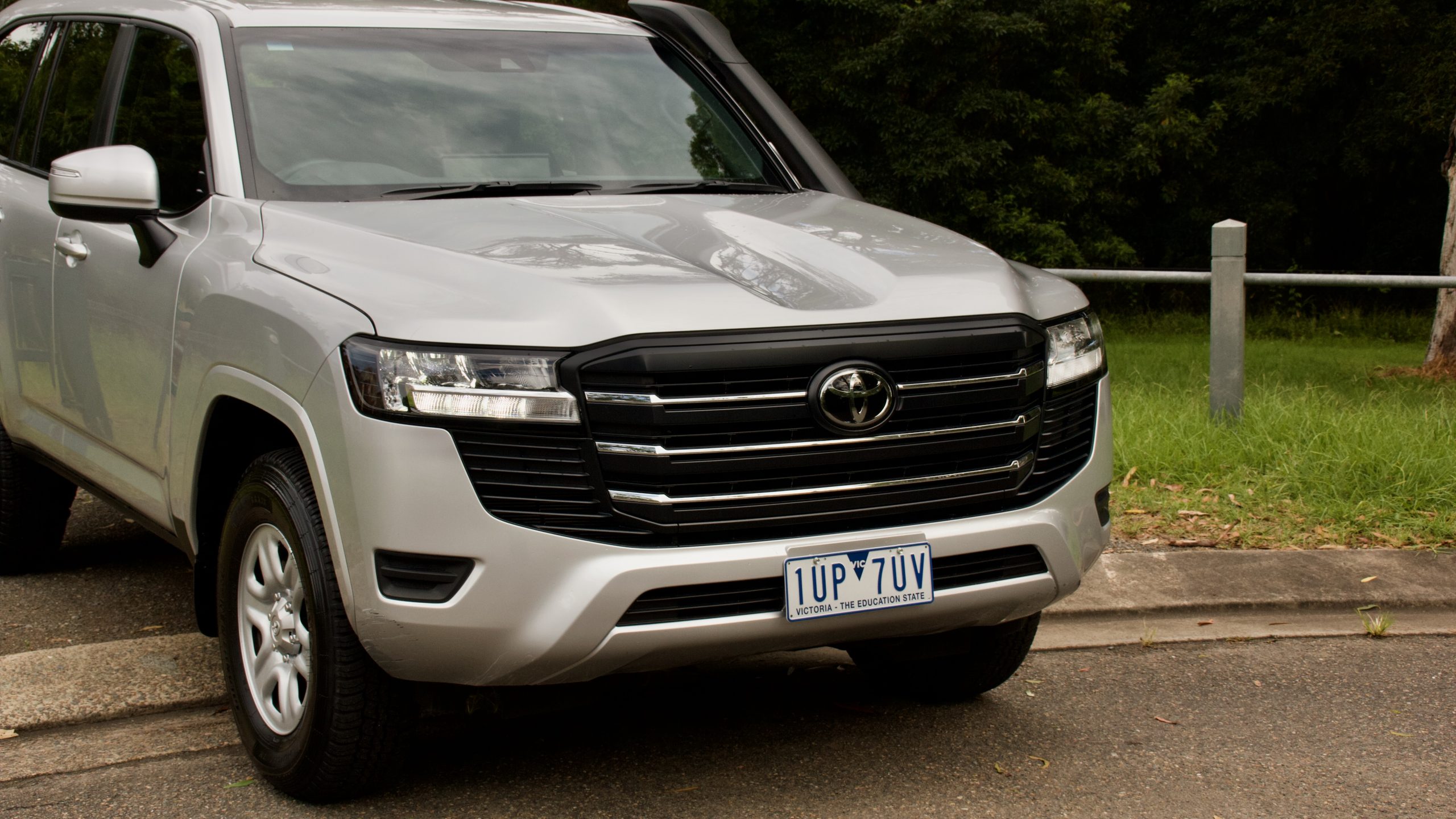
The Nissan Patrol features the same five-year/unlimited km warranty with five years of roadside assistance. Its service intervals are a more convenient once-yearly/every 10,000km, and its service cost over five years/50,000km is $2,594 ($519 per service).
The 2022 Toyota LandCruiser 300 Series GX DiscoverAuto Rating: 7.8/10
Even in entry-level GX form, the 2022 Toyota LandCruiser 300 Series is a clear step up over the 200 Series it replaced. It’s quieter, more comfortable, more efficient, more high tech, better equipped, more modern and much better to drive. That’s in addition to the usual LandCruiser traits of excellent off-road ability, all-day comfort, good towing ability and lots of practicality.
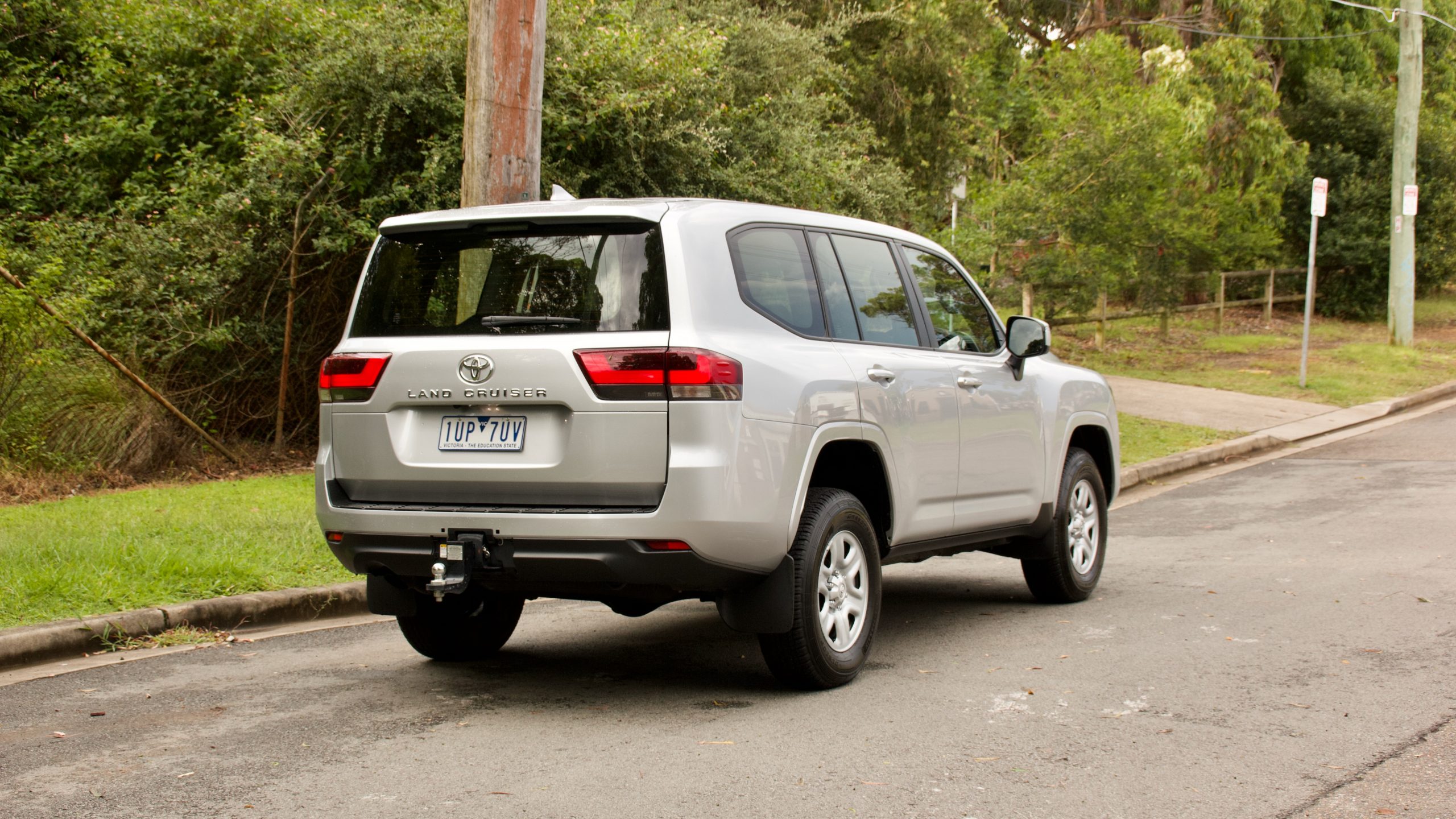
Of course, it’s not perfect and the expensive pricing is our biggest issue with it. Almost $90,000 plus on-road costs for a very basic (by 2022 standards) car that does not even feature equipment like automatic wipers and parking sensors is a bitter pill to swallow, and a Nissan Patrol is far better value for money. But aside from its expense, the new LandCruiser 300 Series is a clear step up on the previous model. No wonder you have to wait more than six months for one!
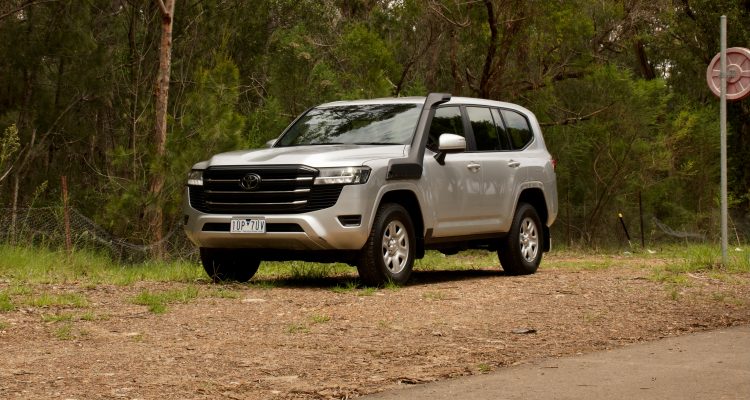
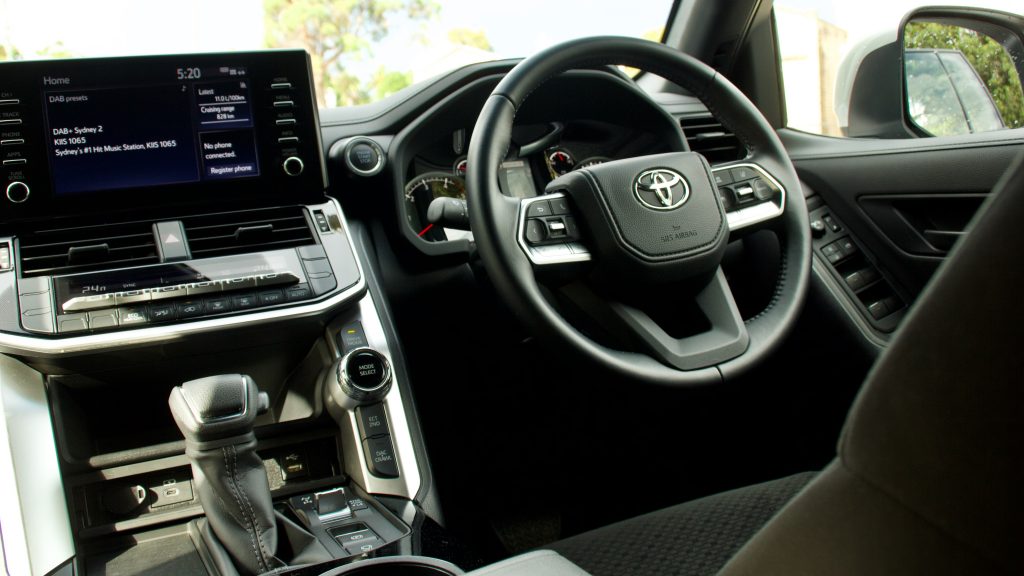
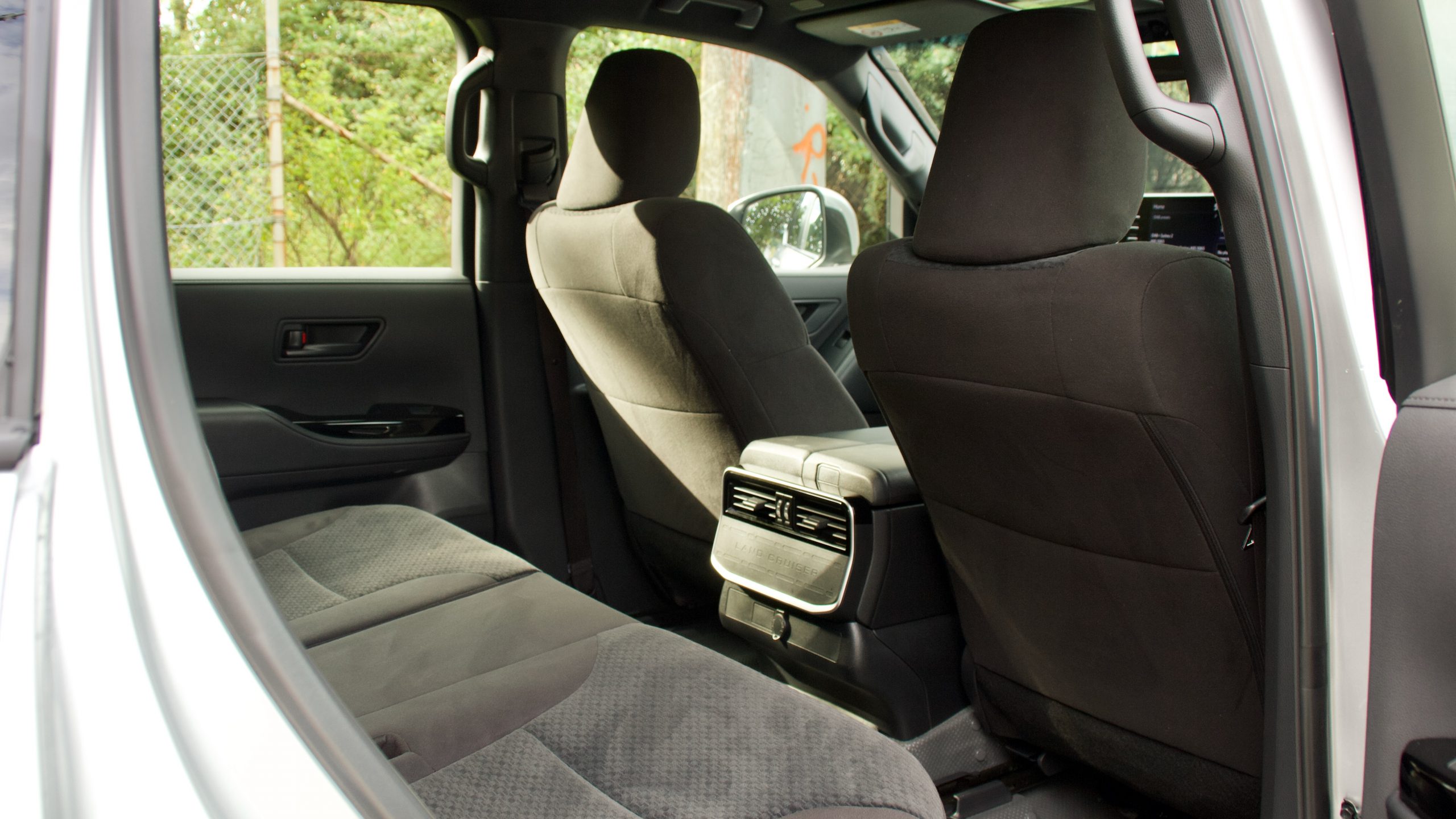
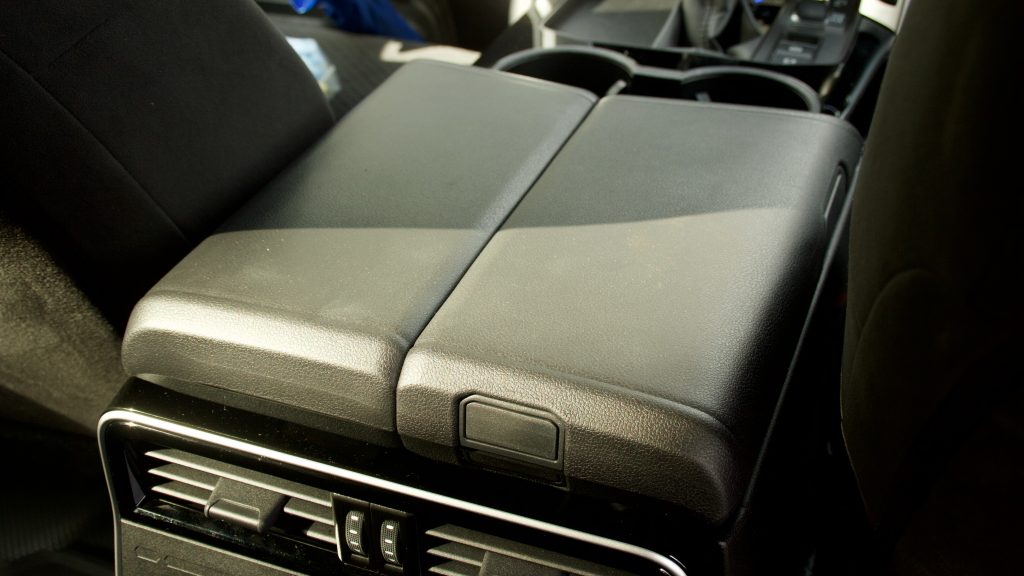
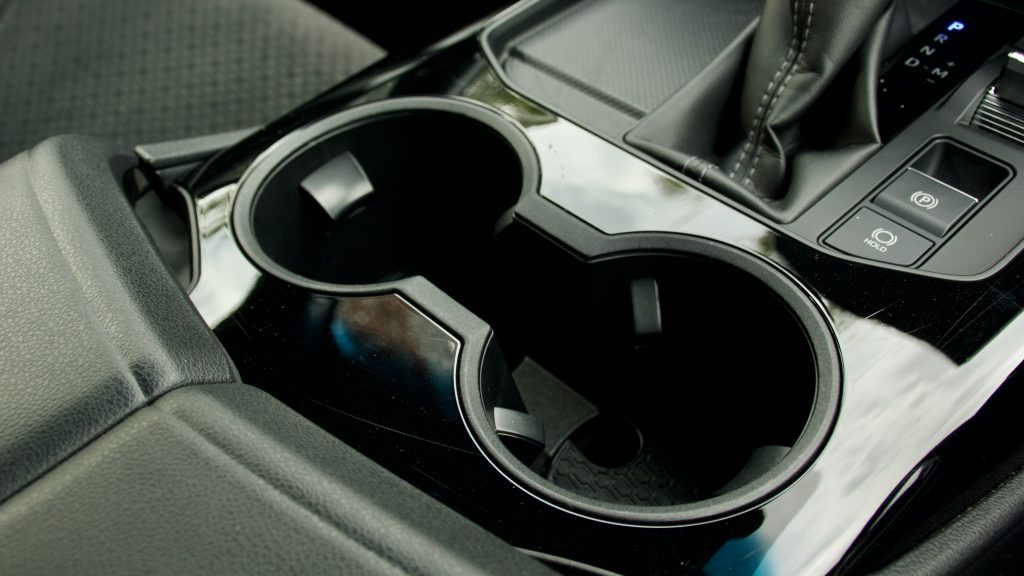
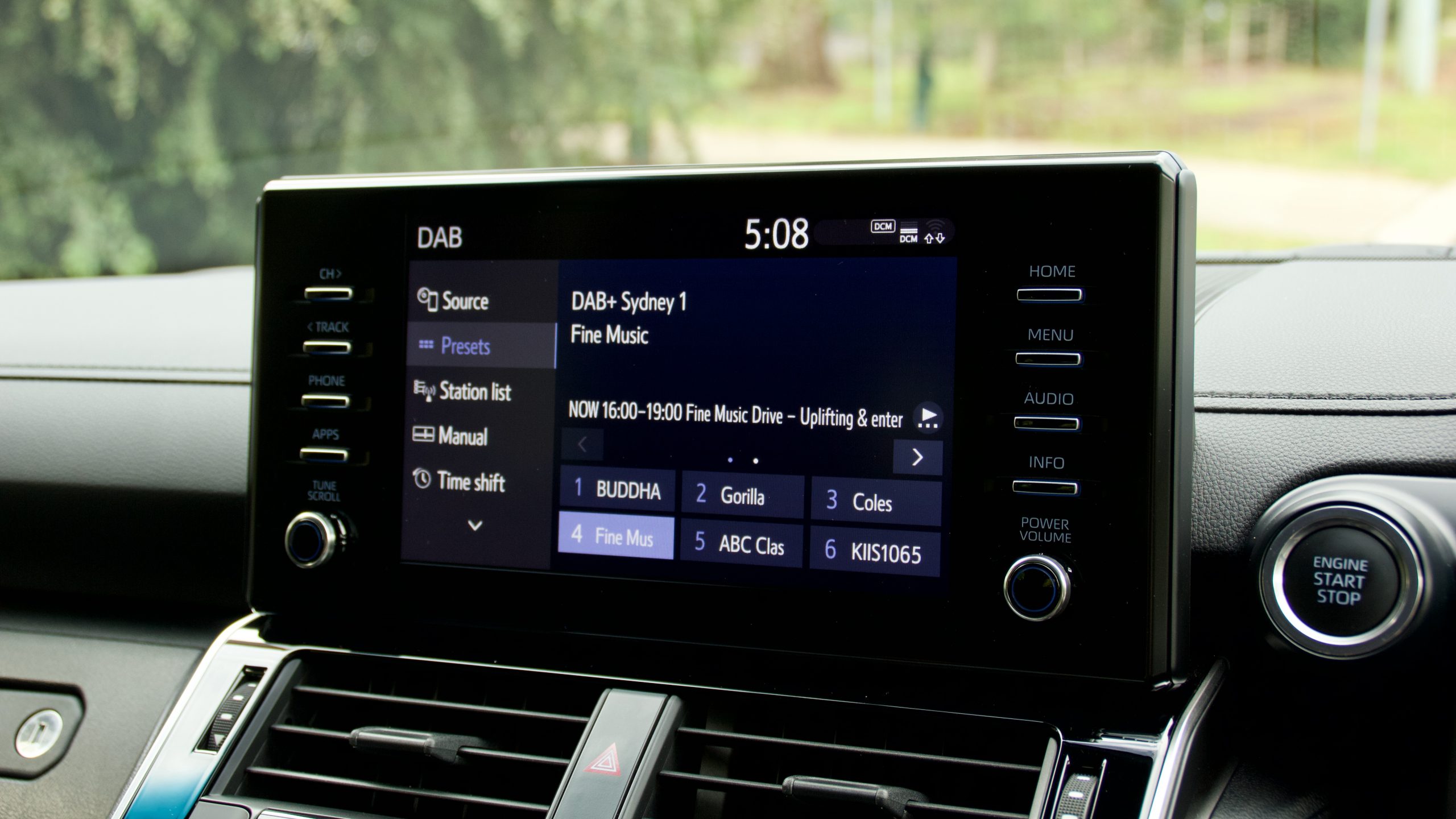
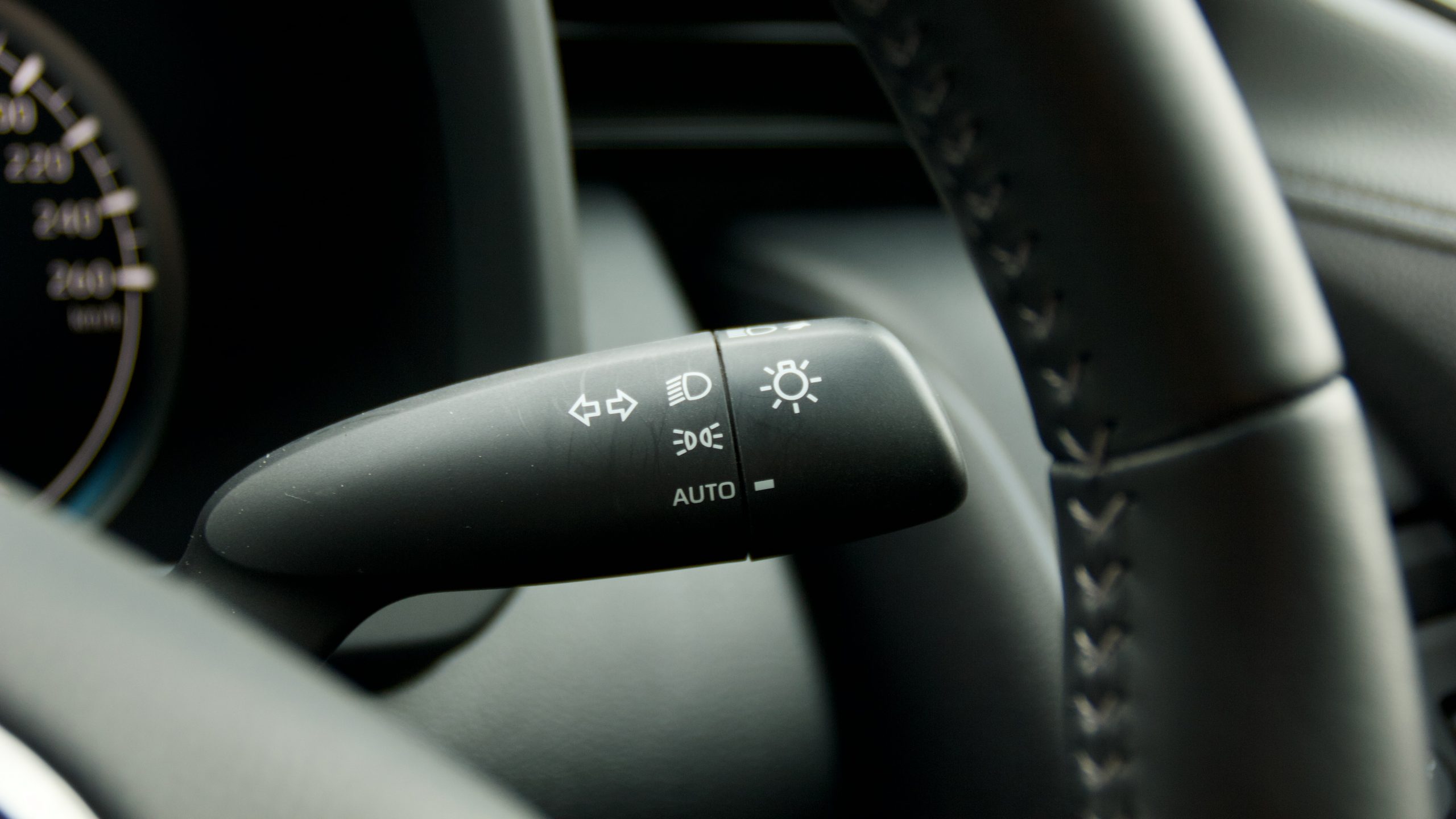
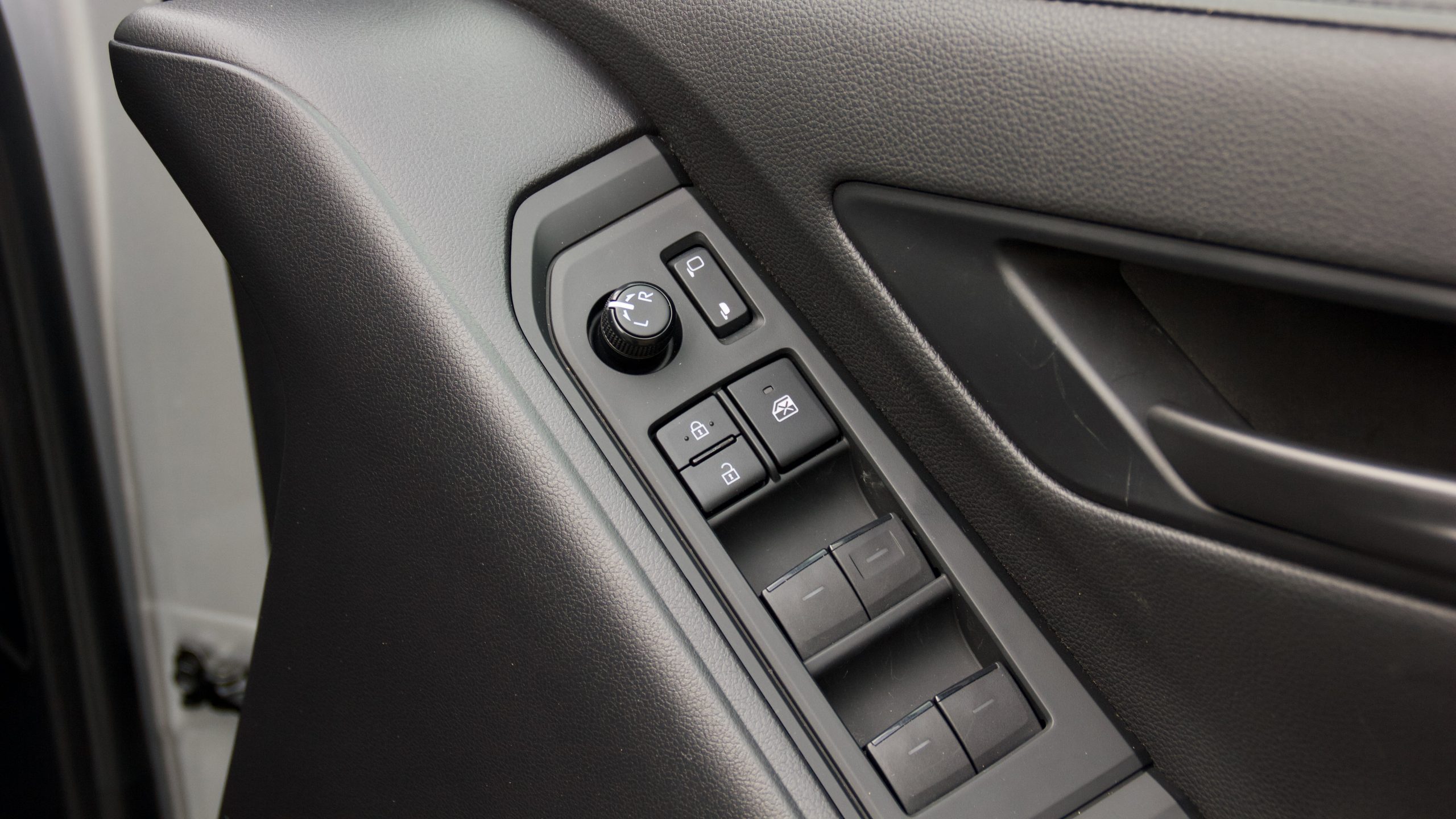
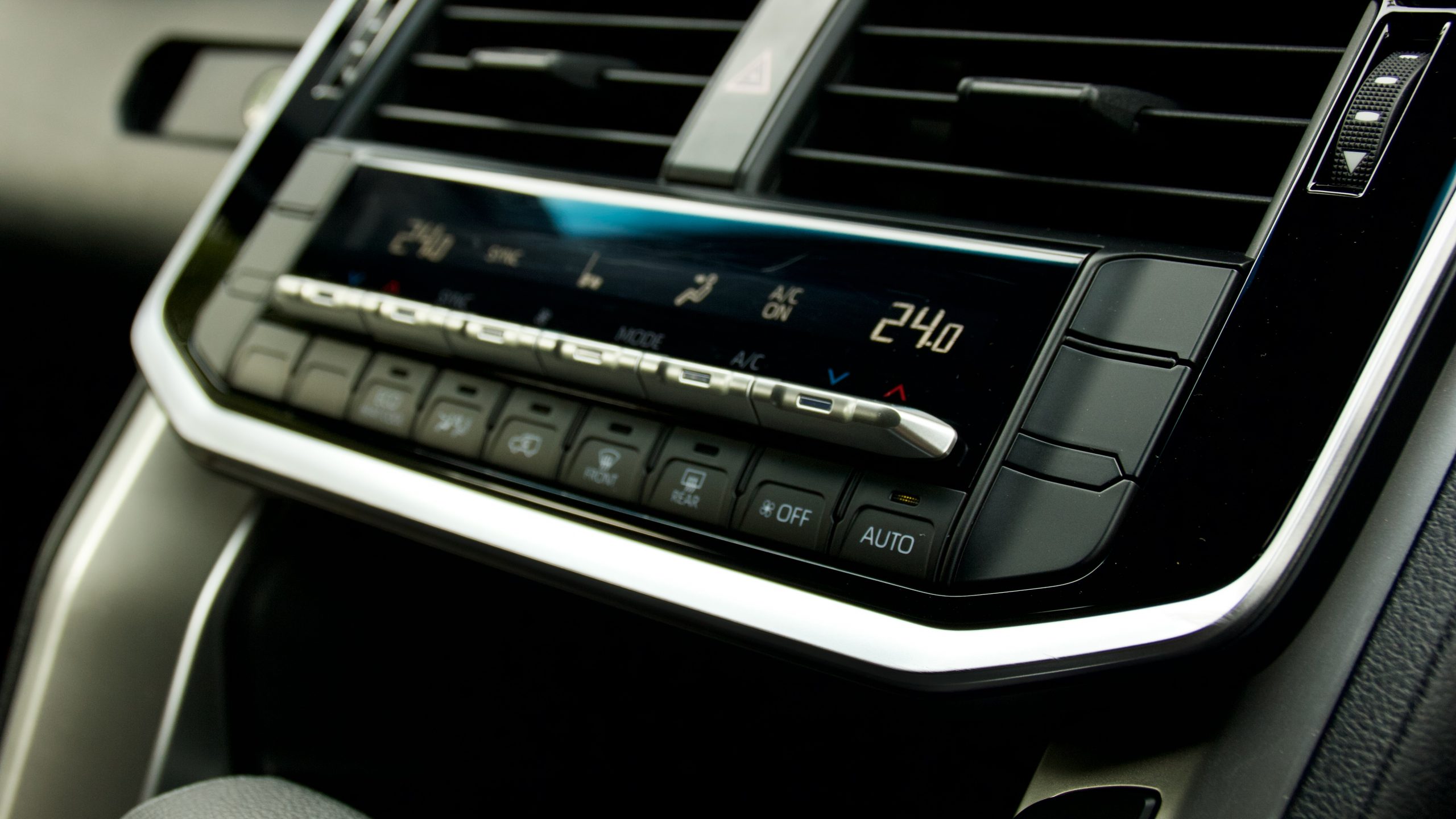
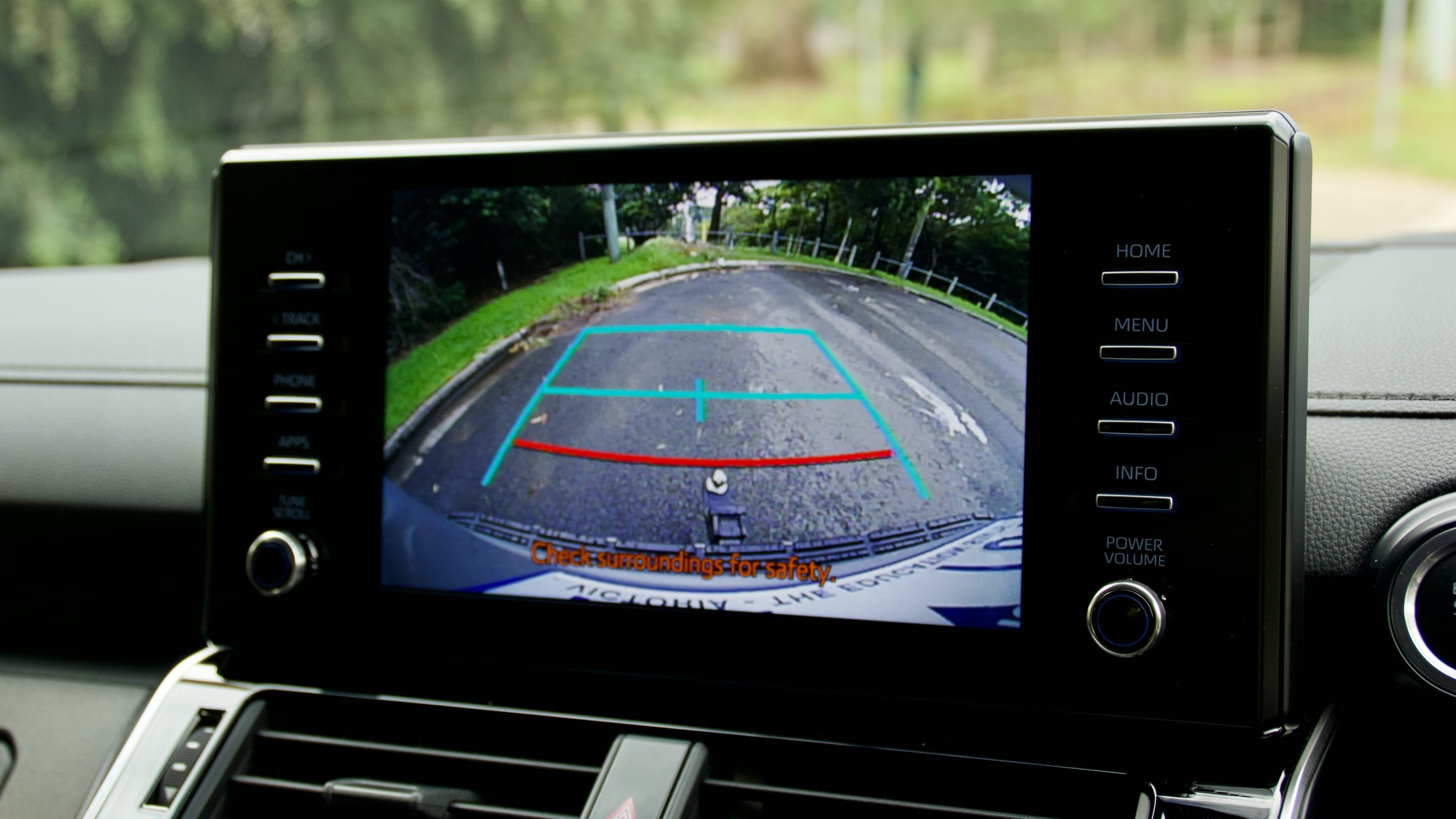
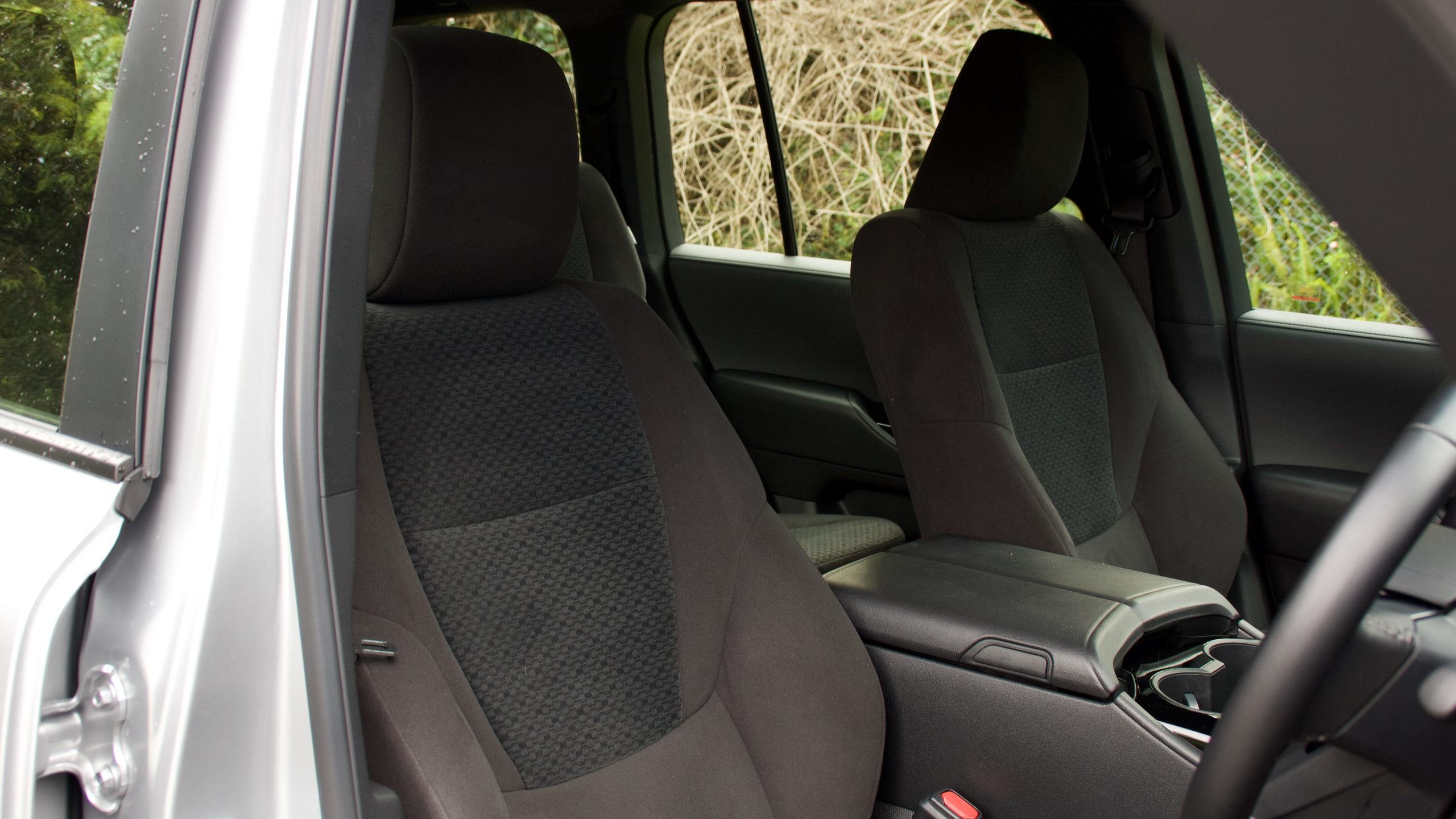
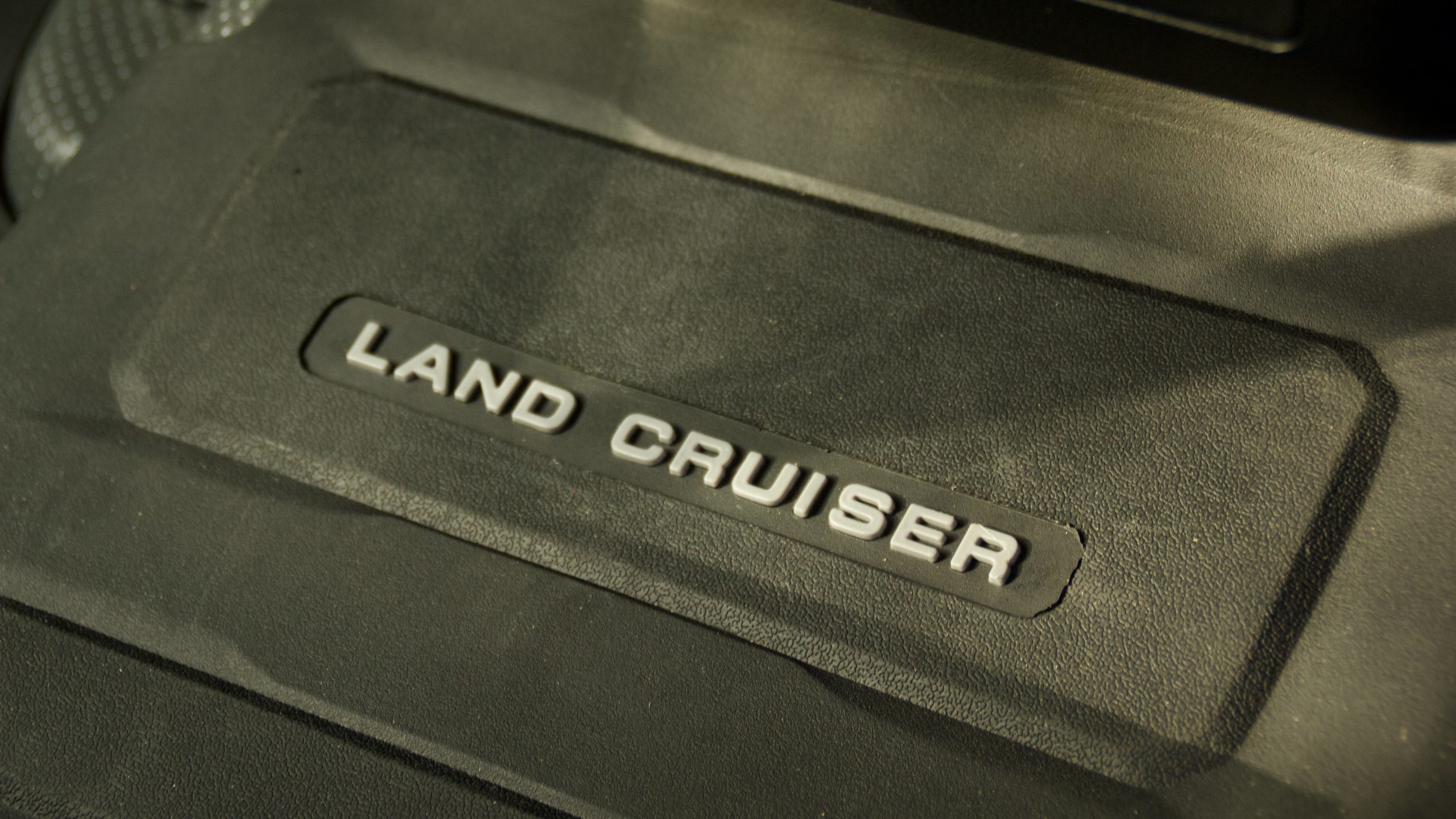
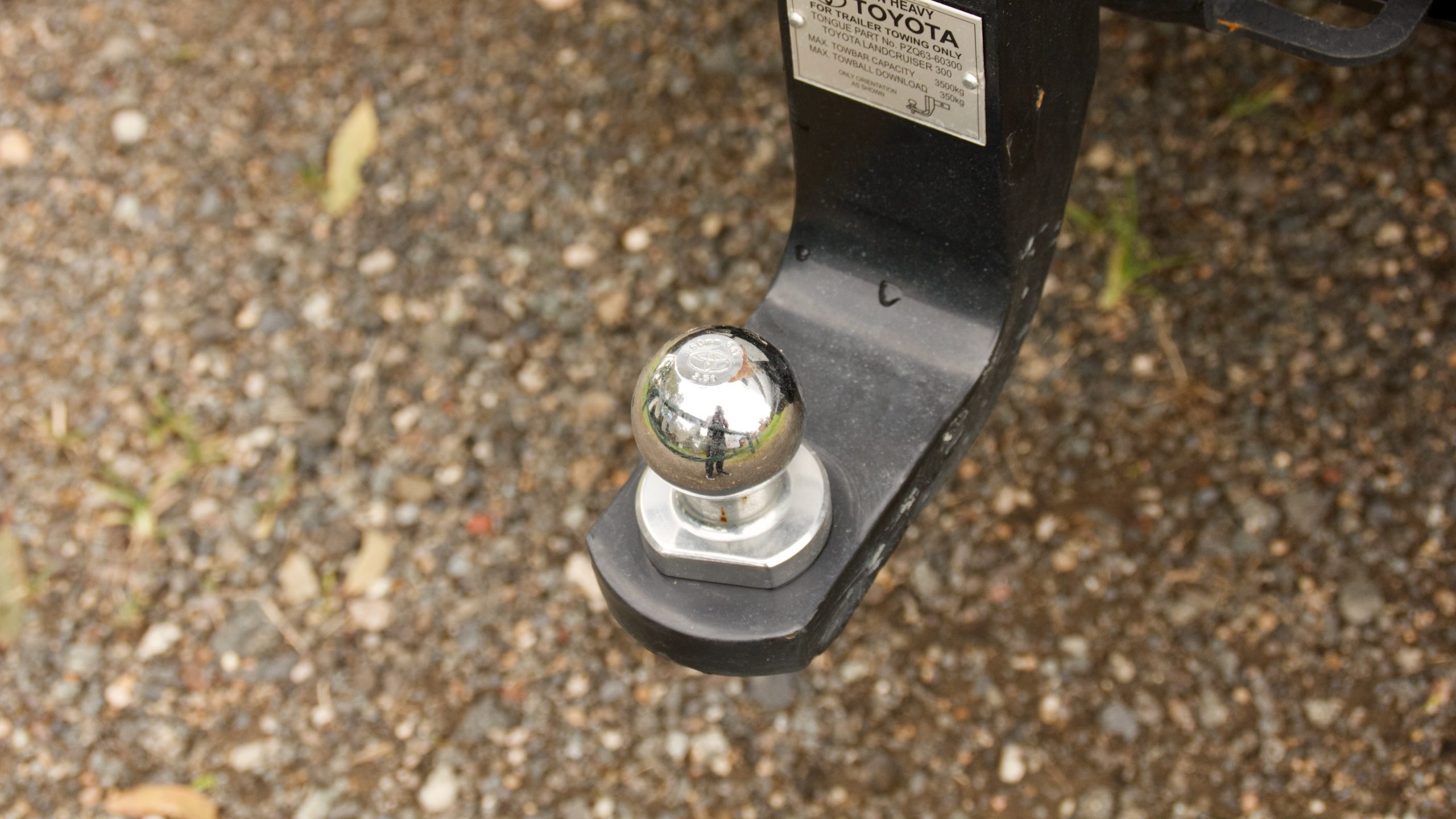
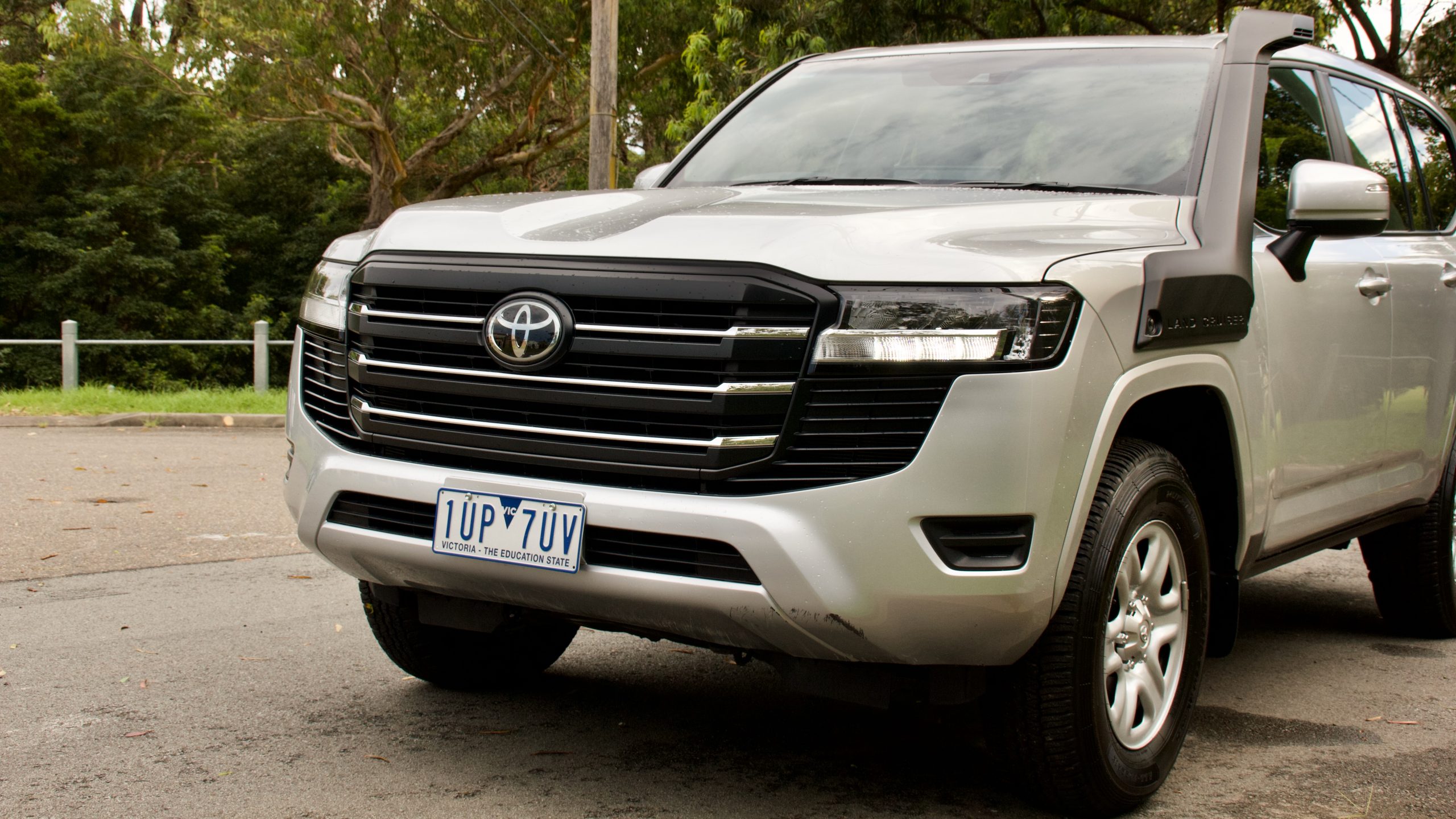
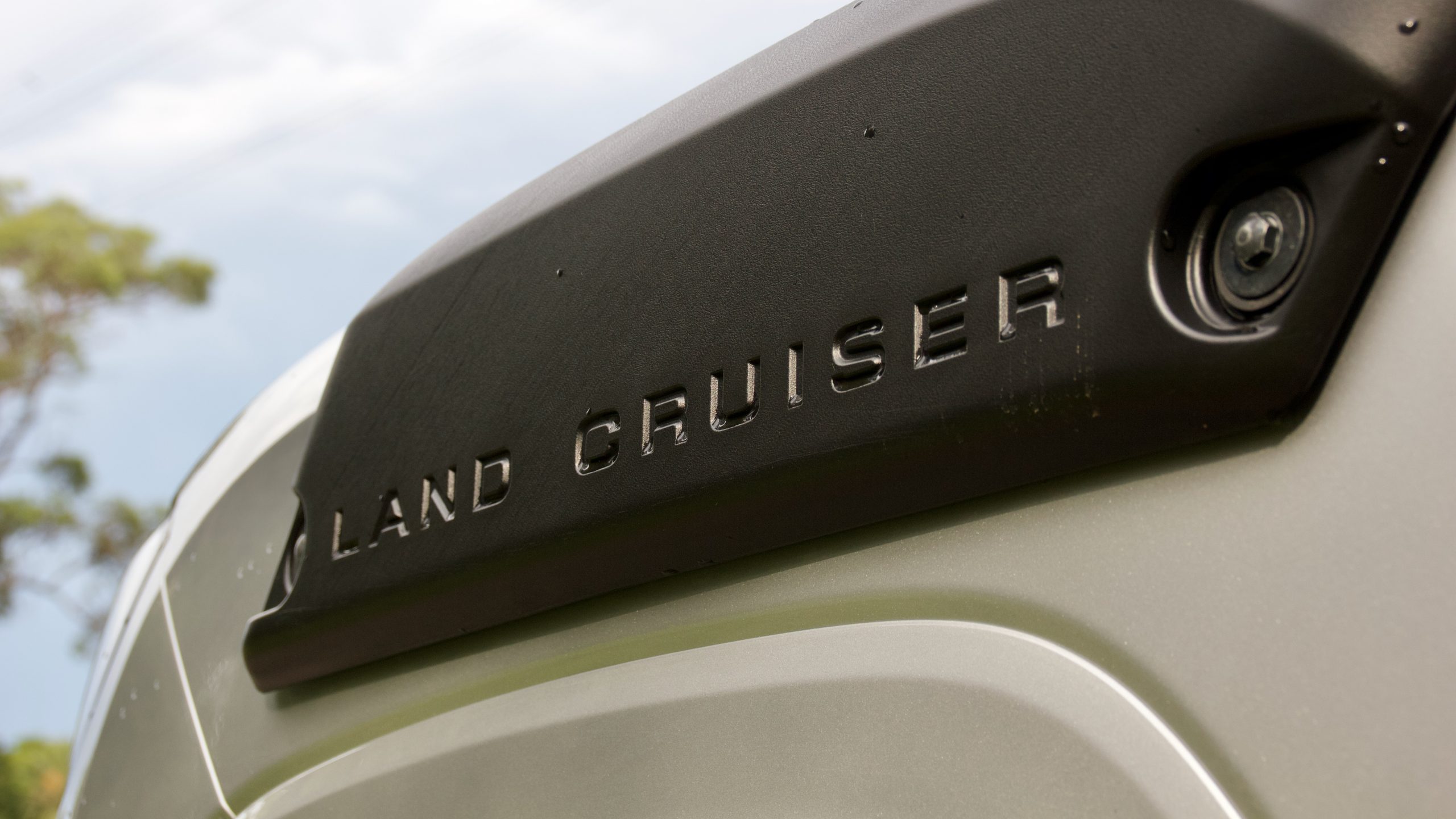
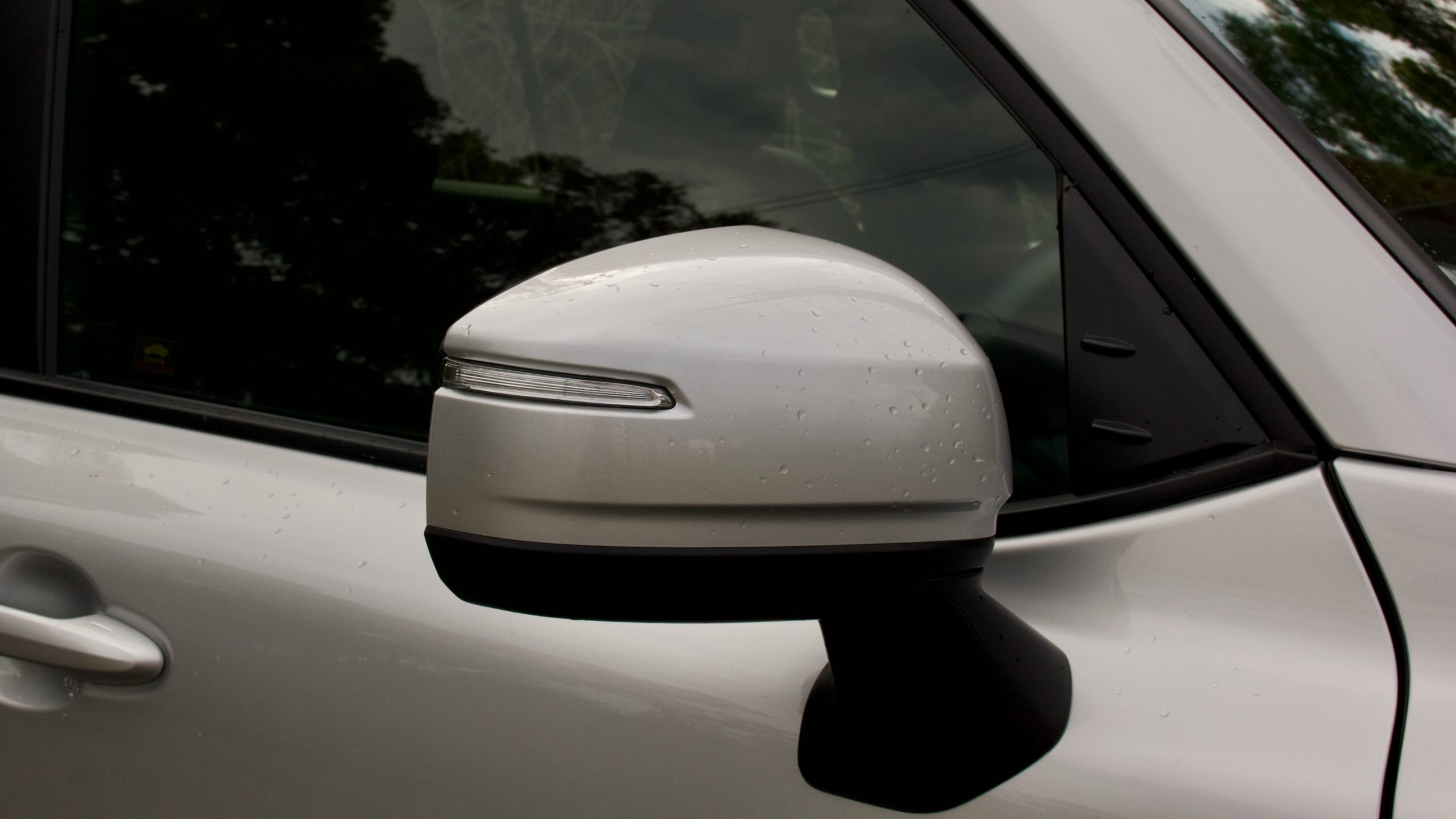
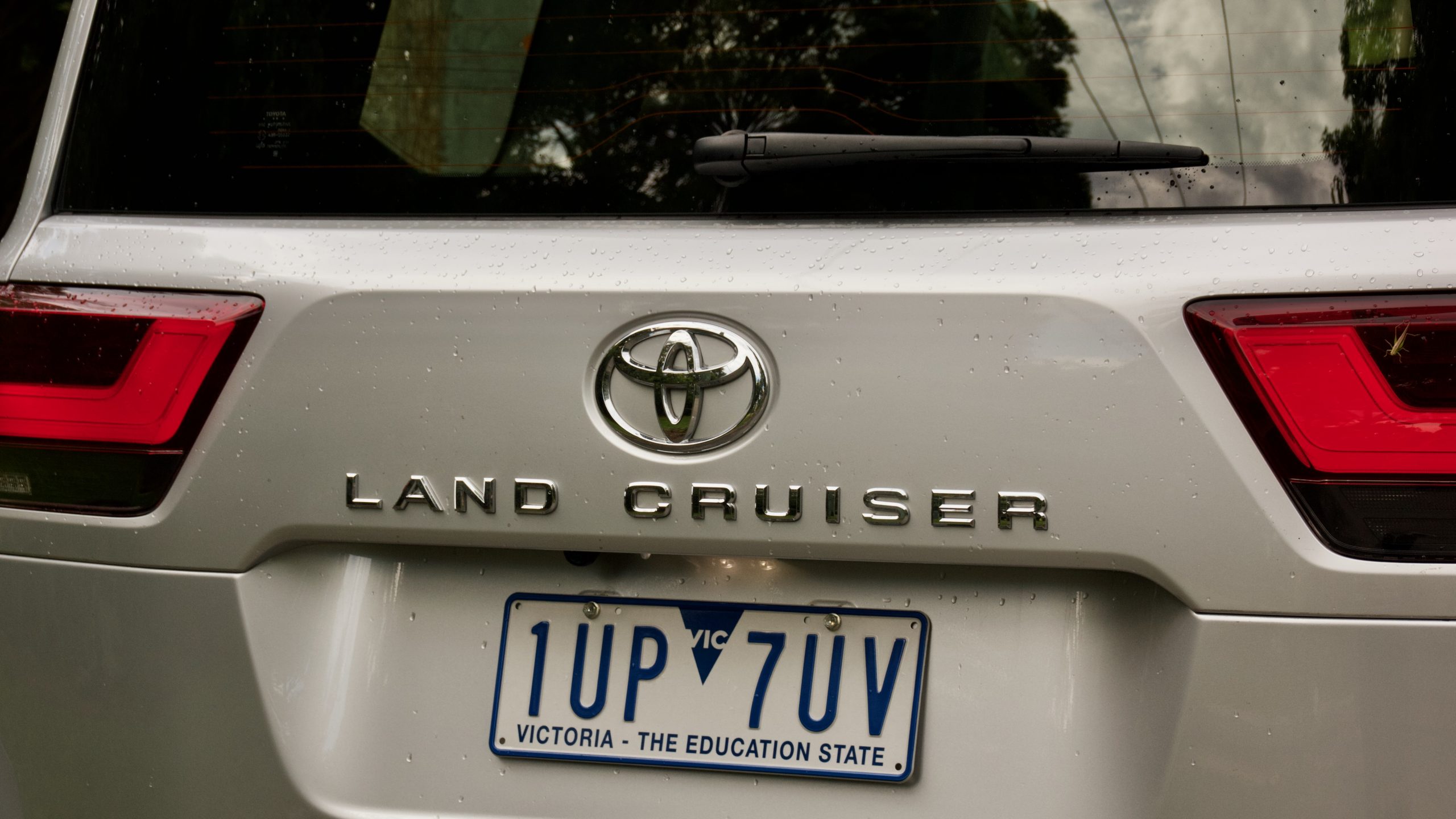
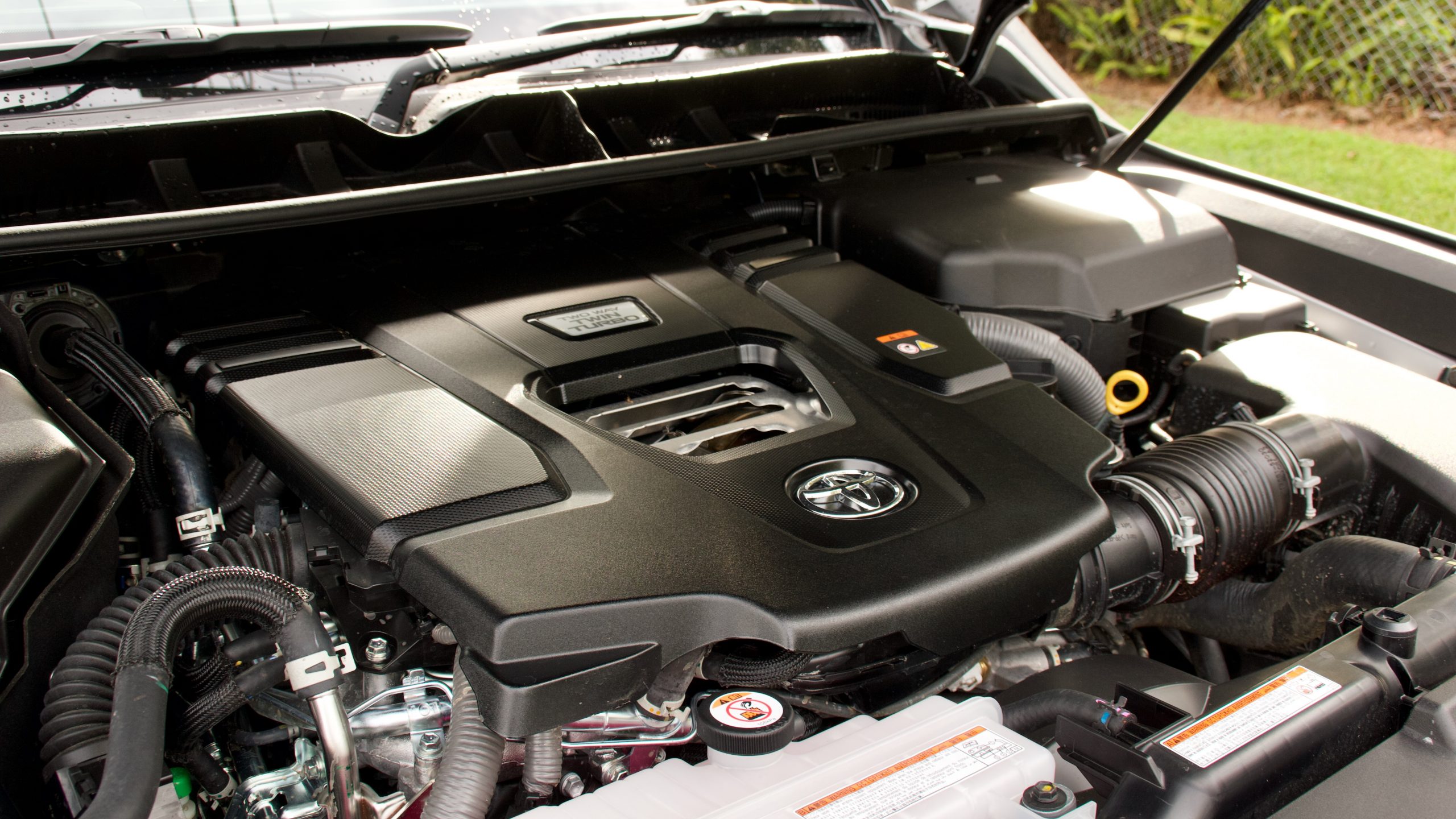
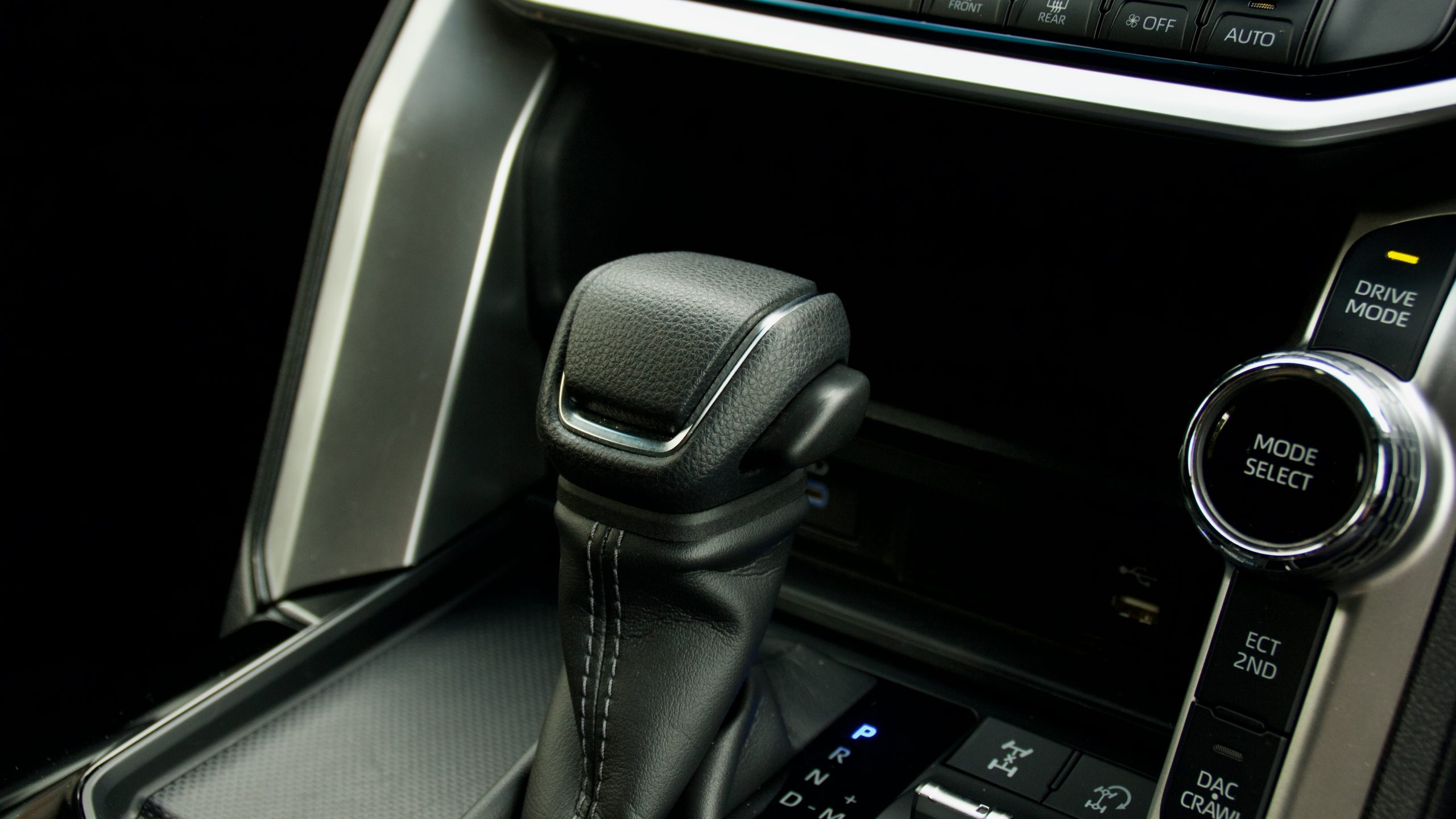
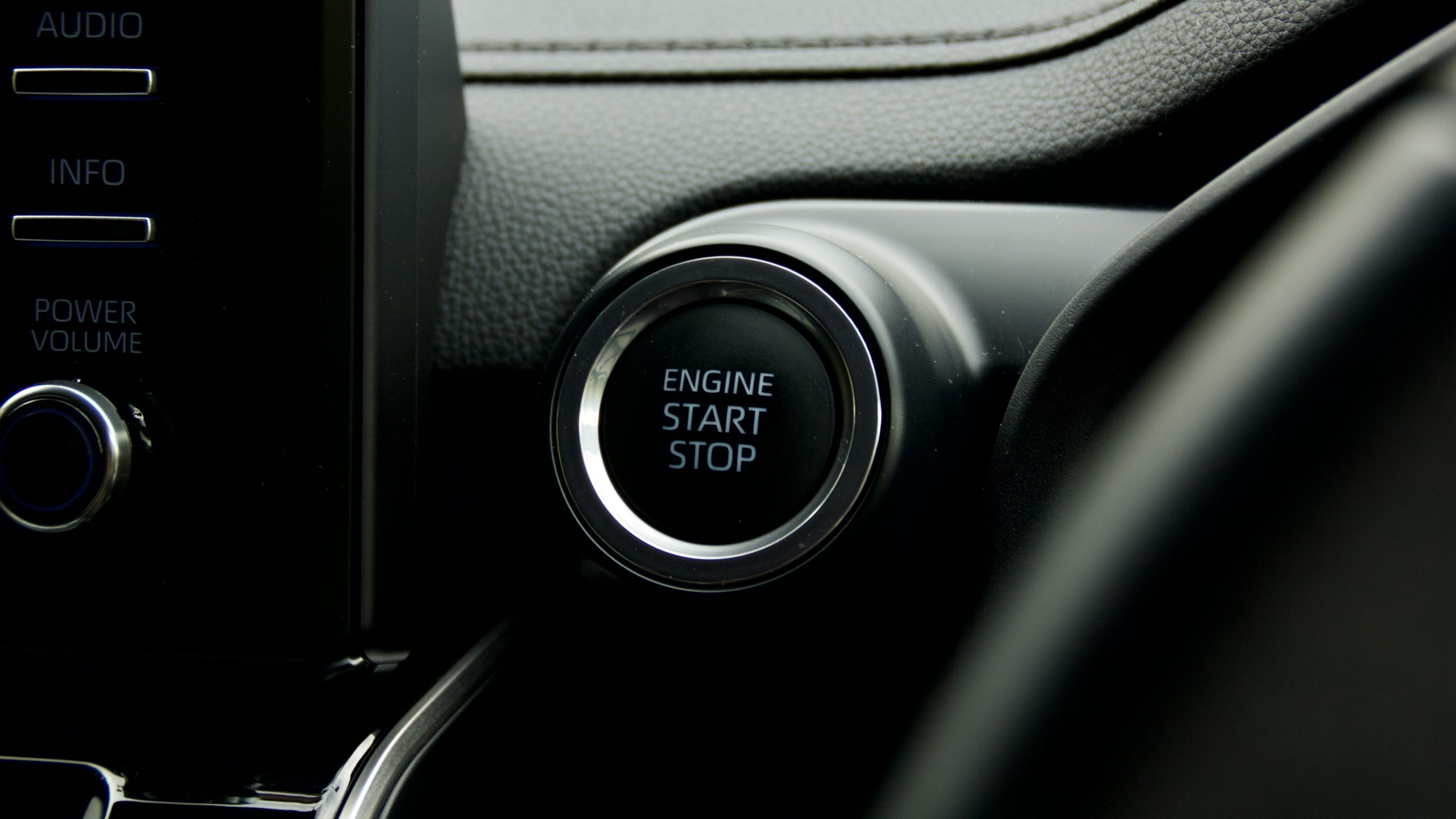
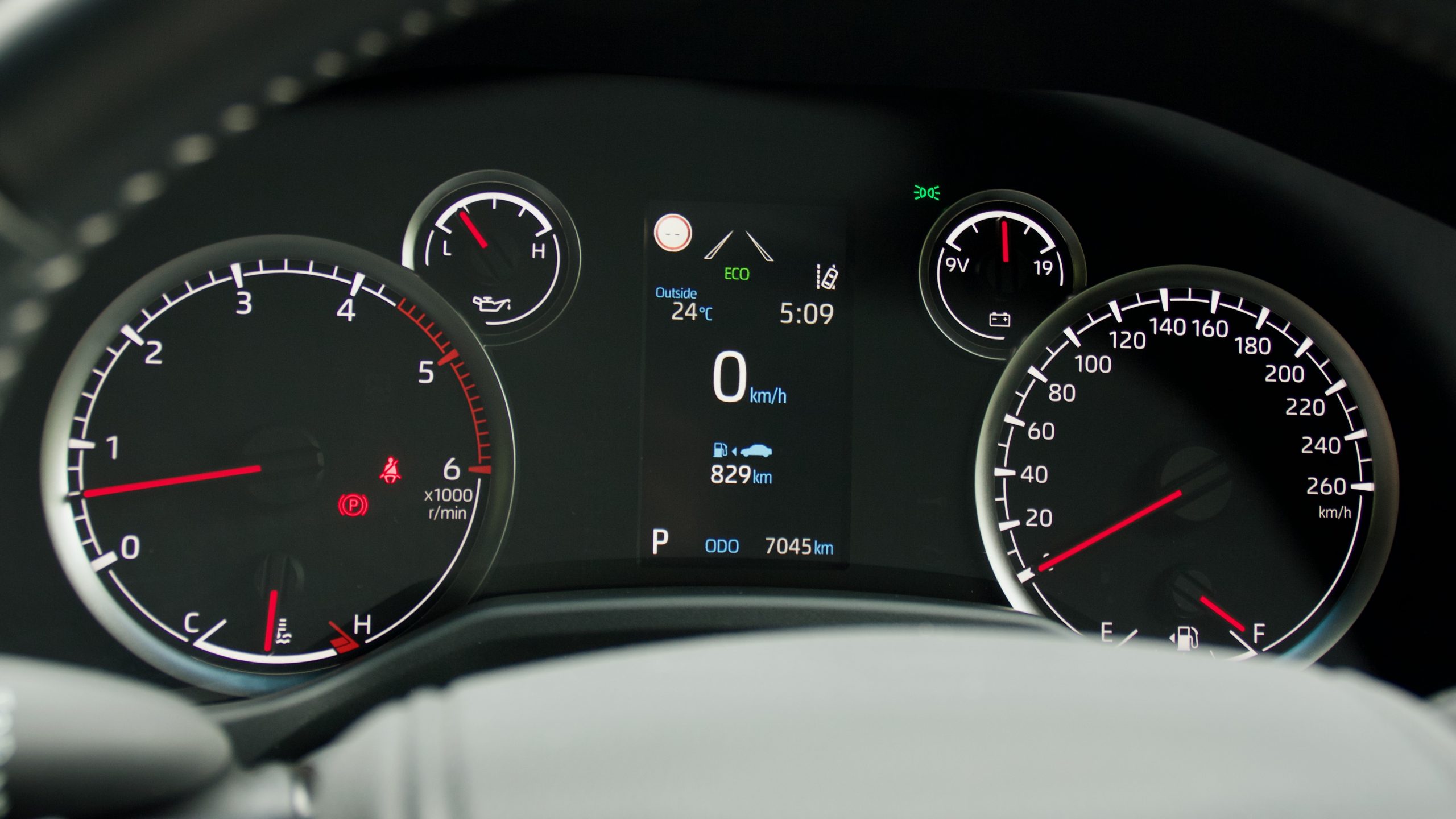
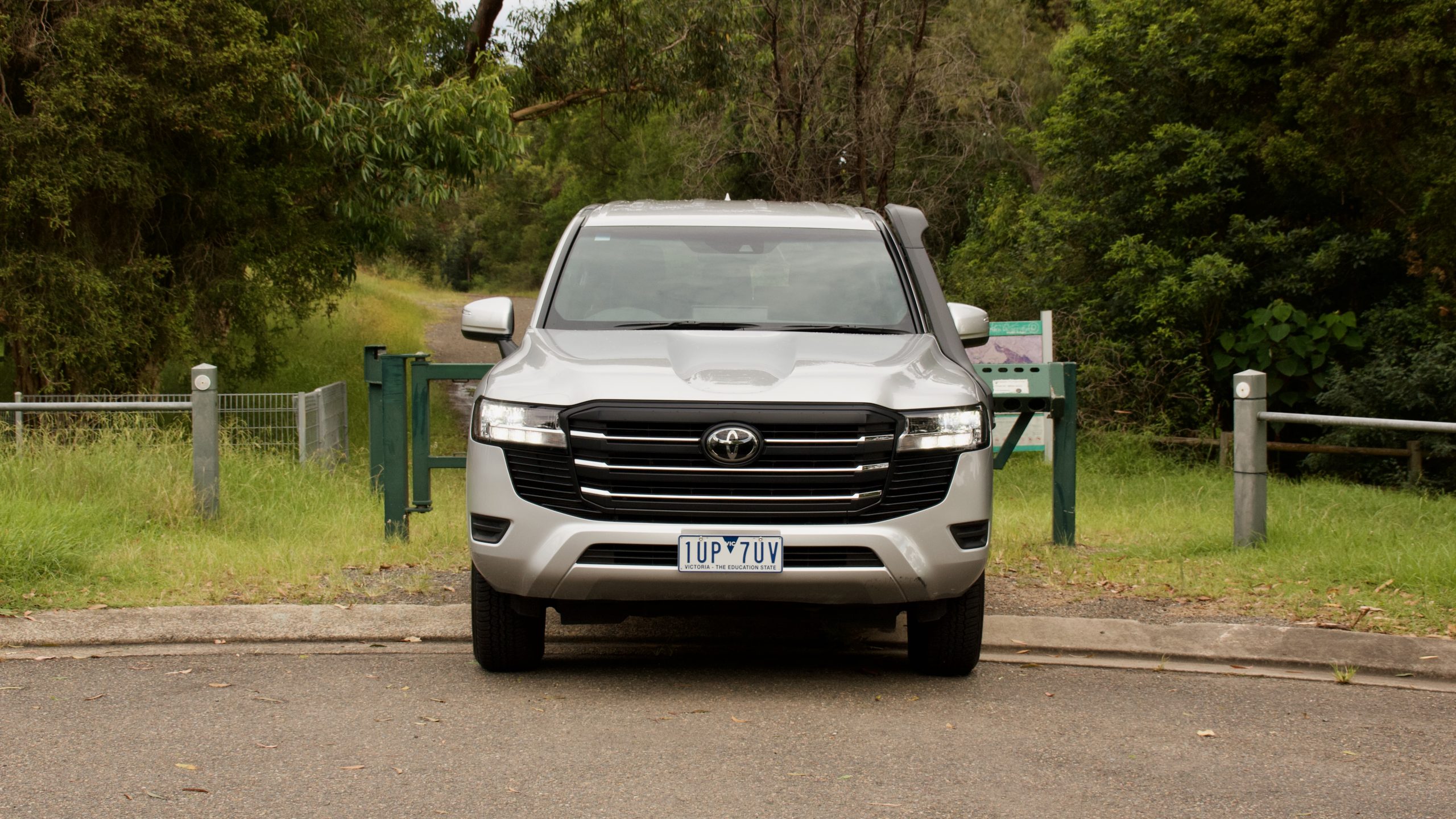
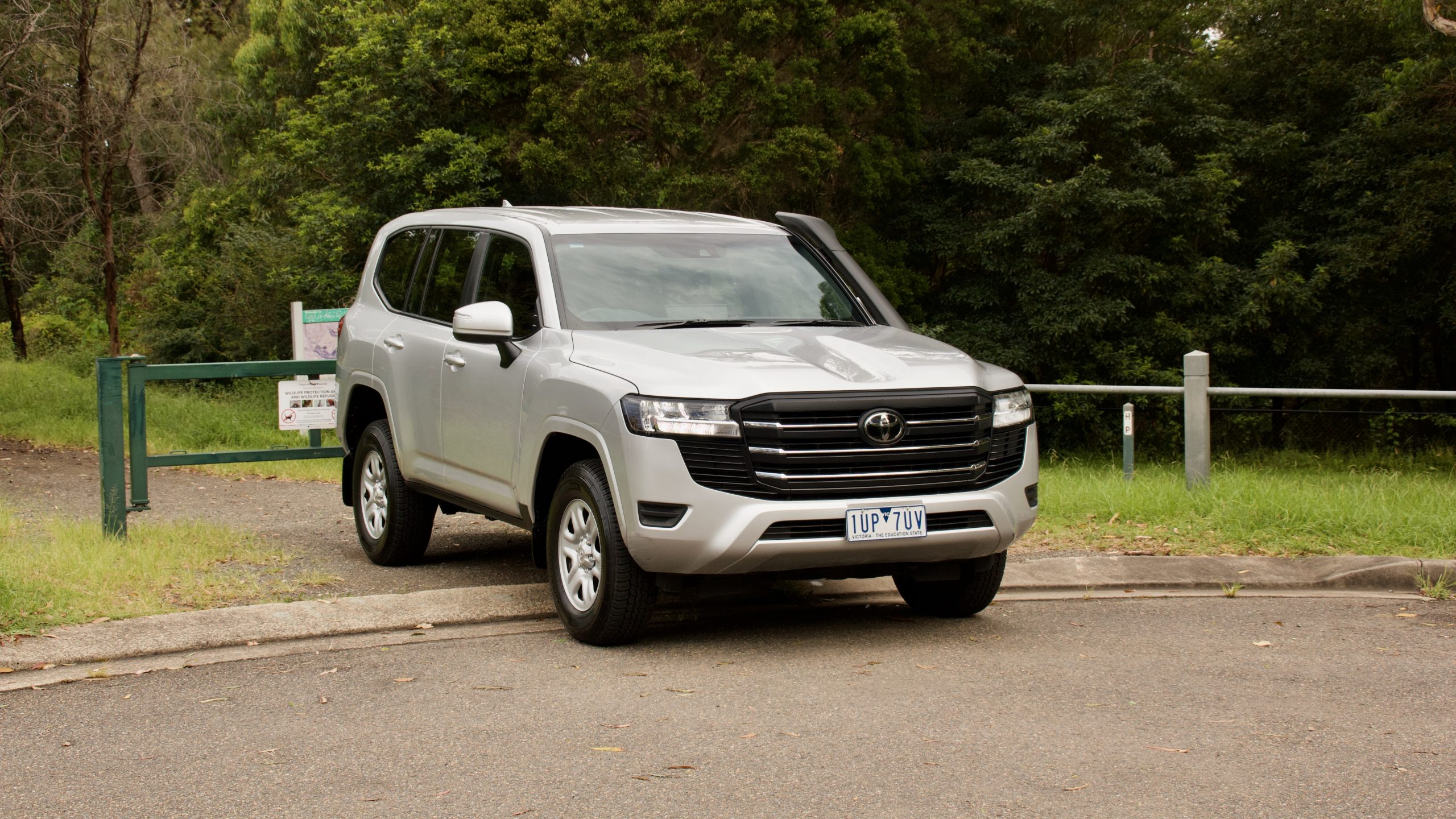
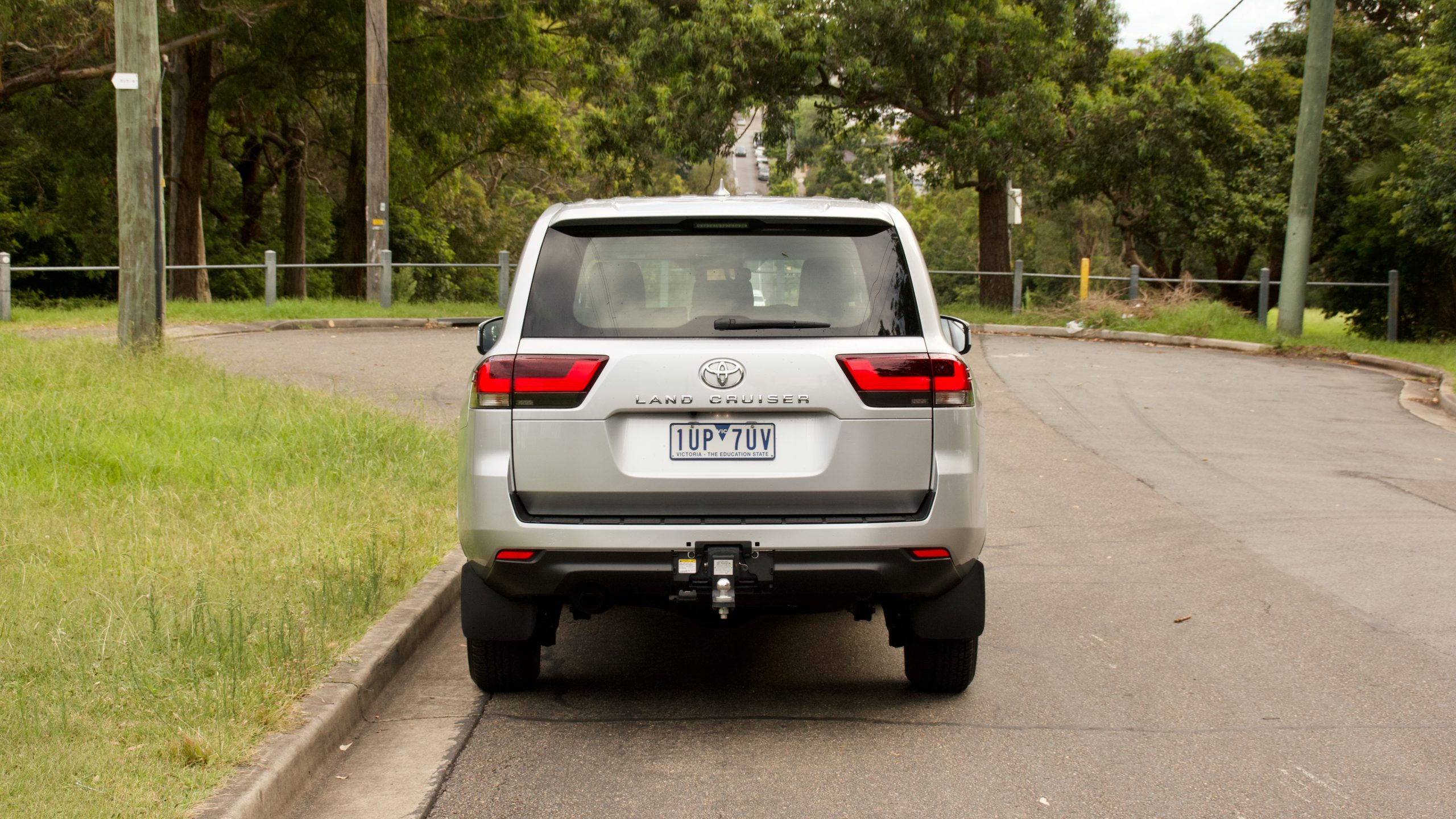
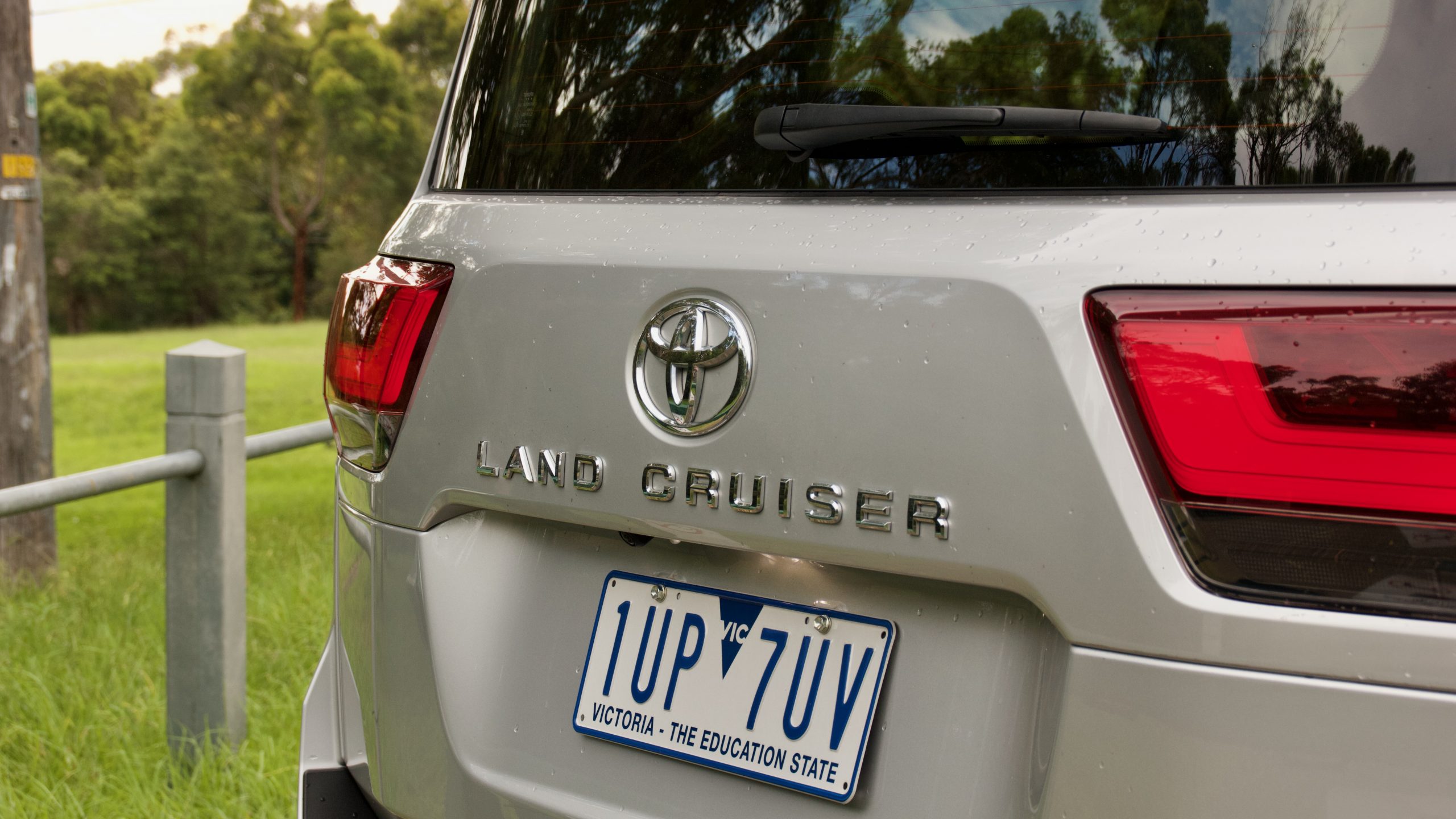
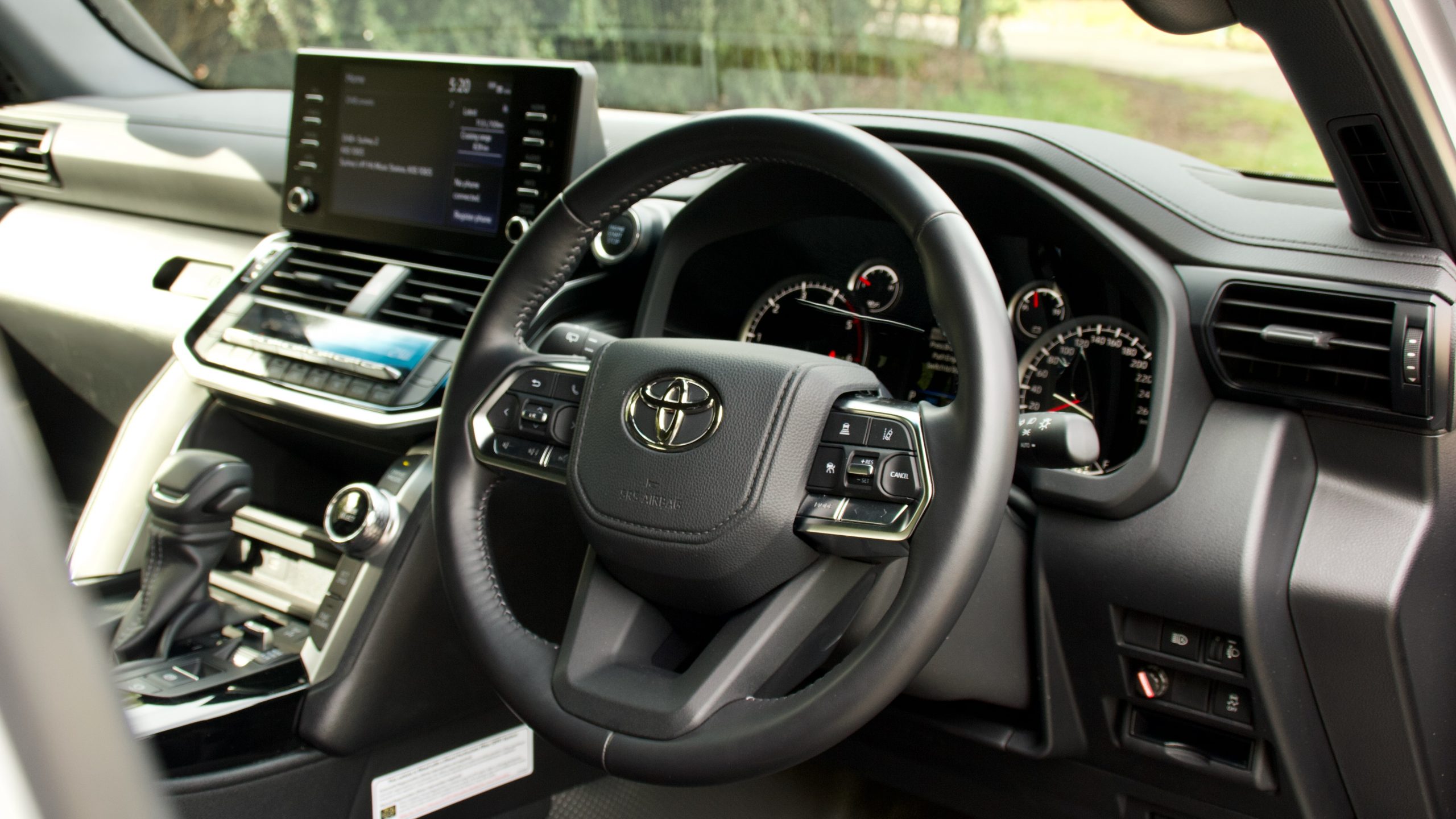
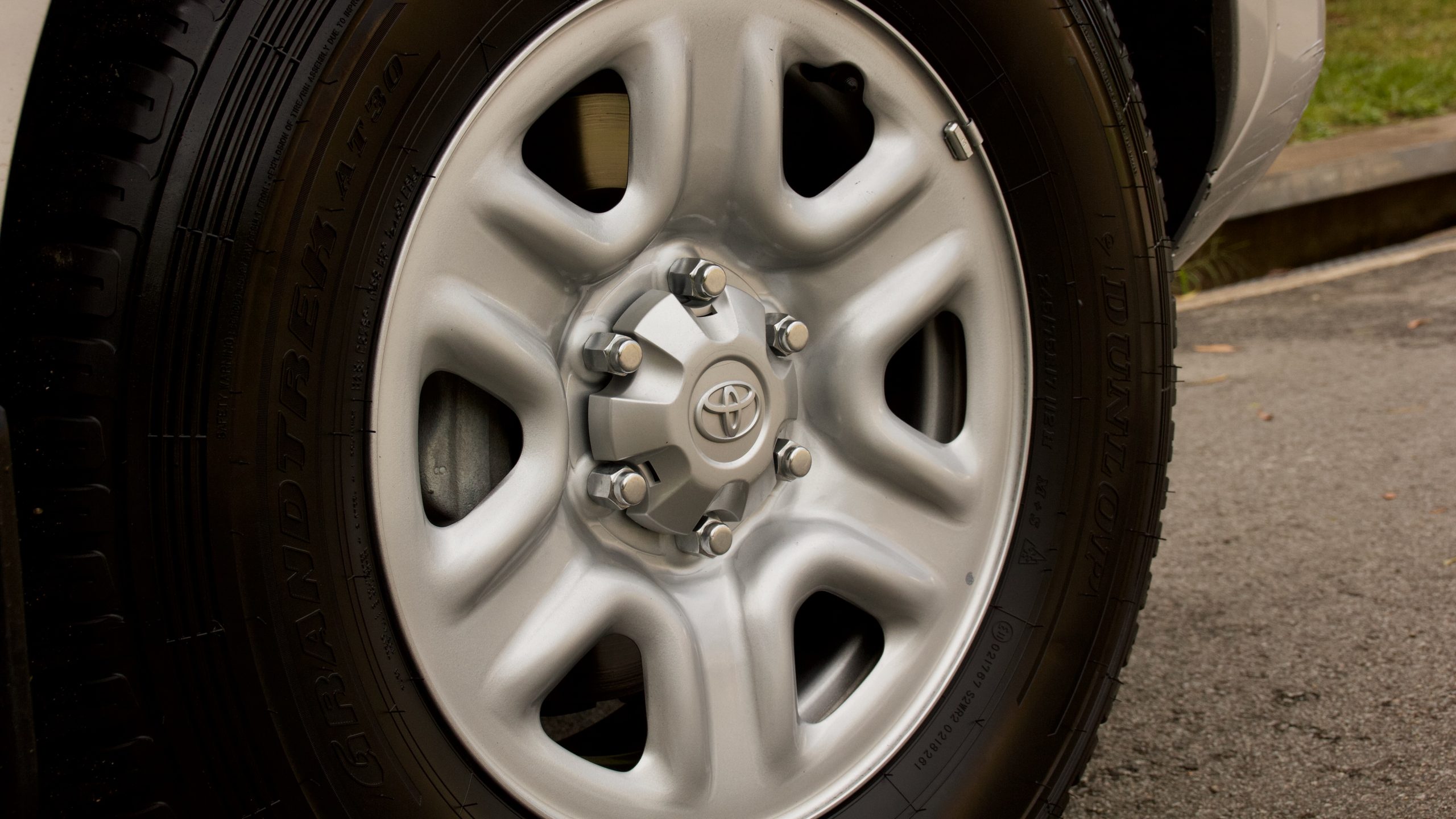
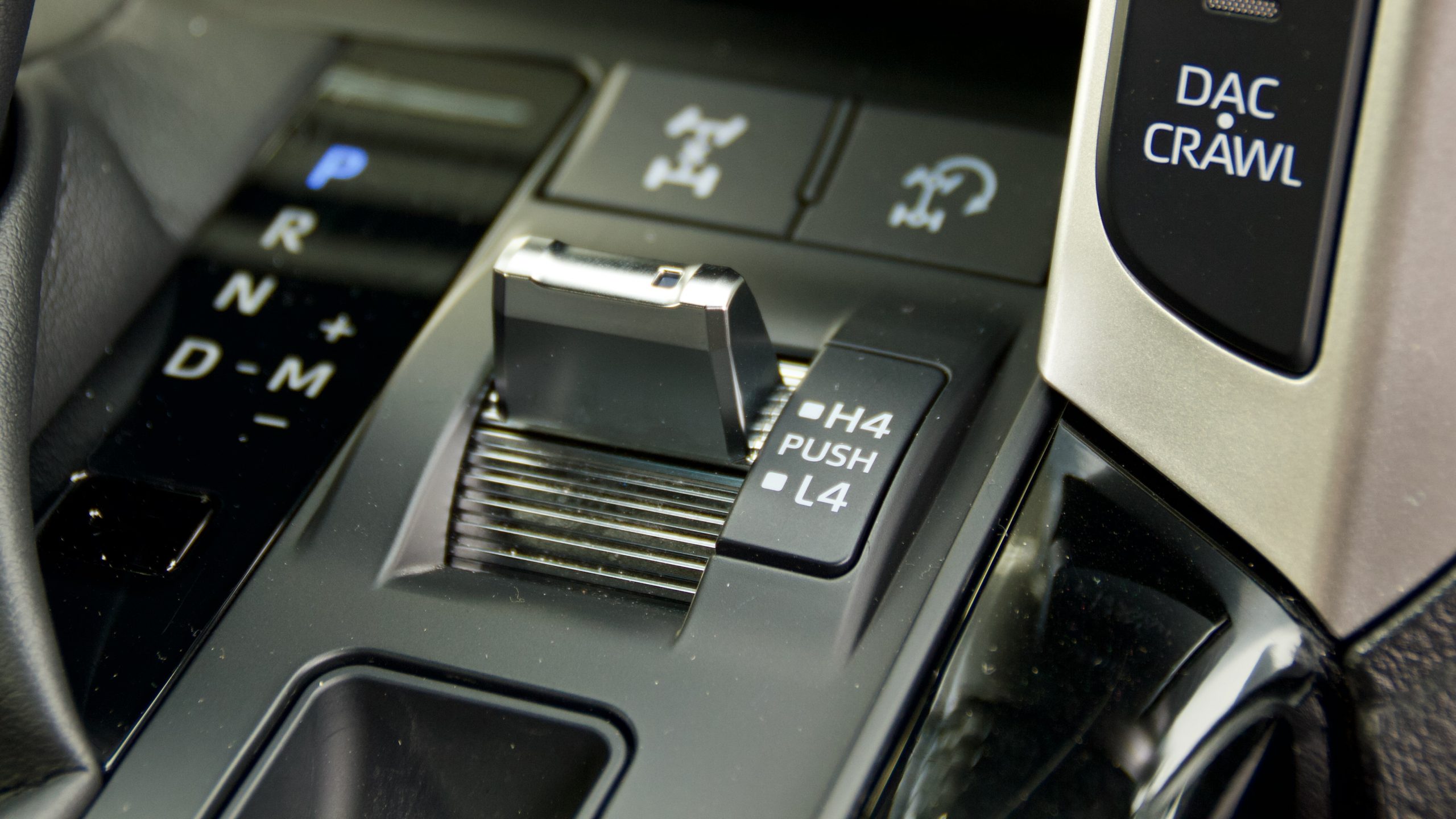
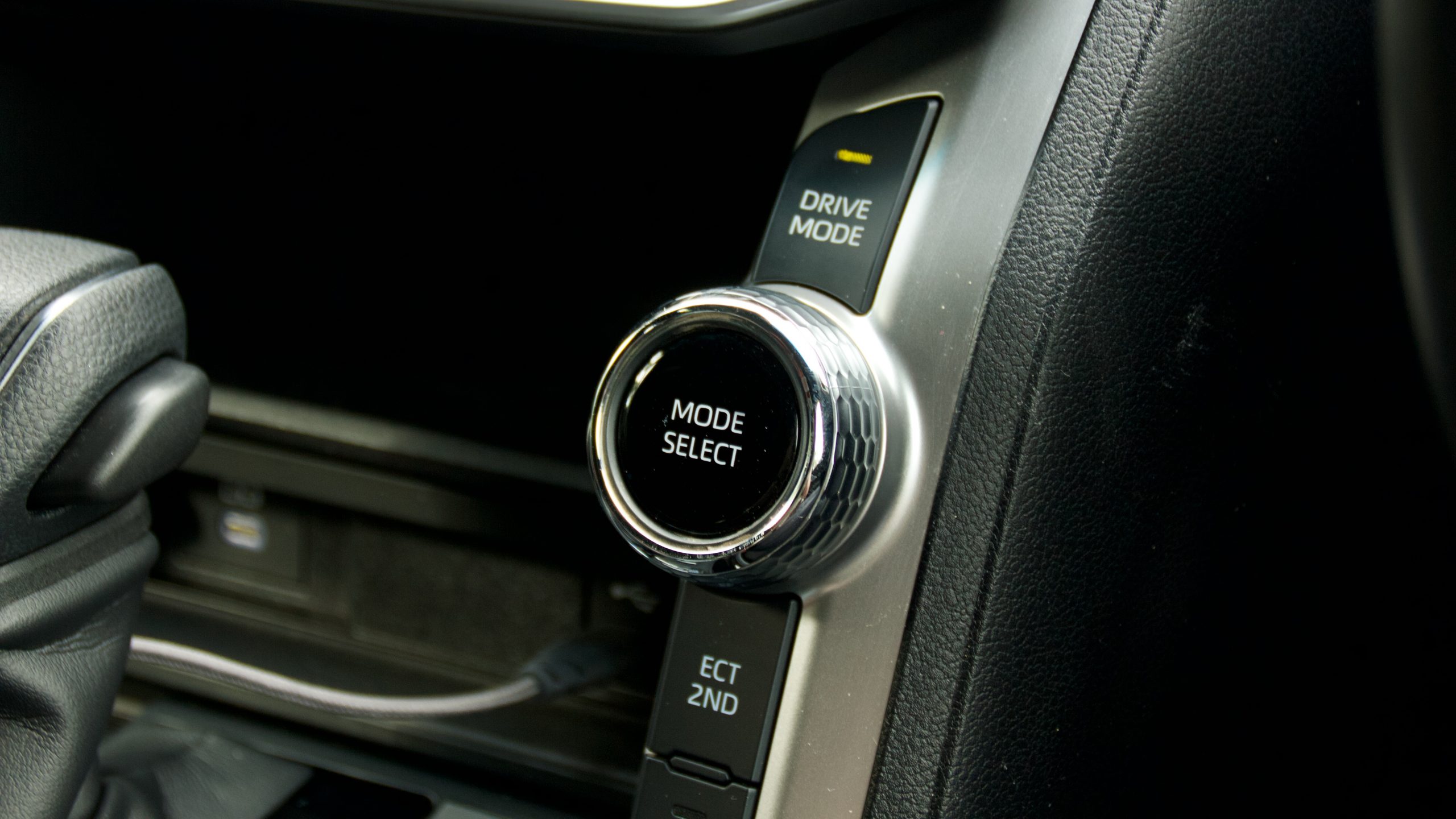
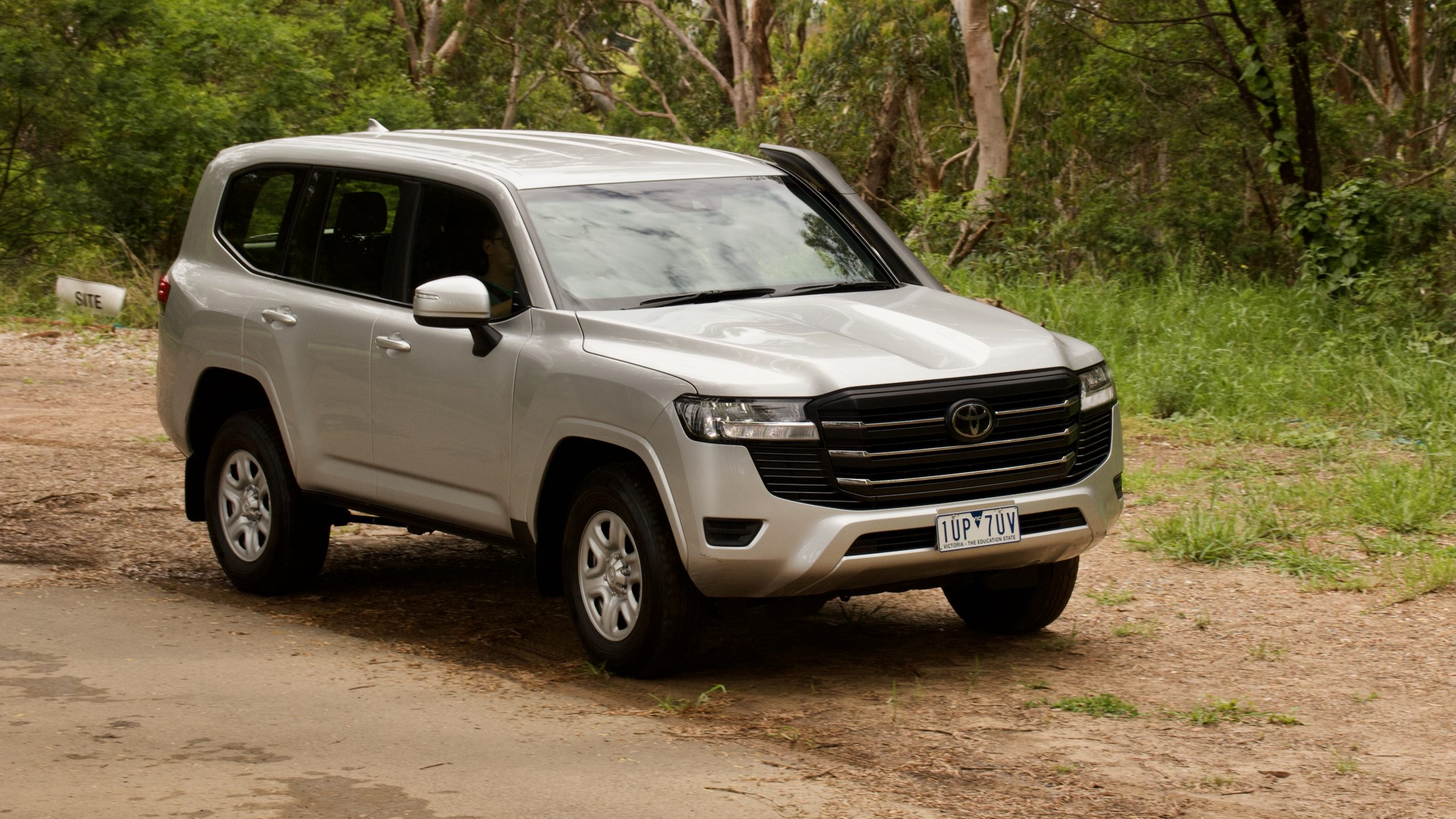
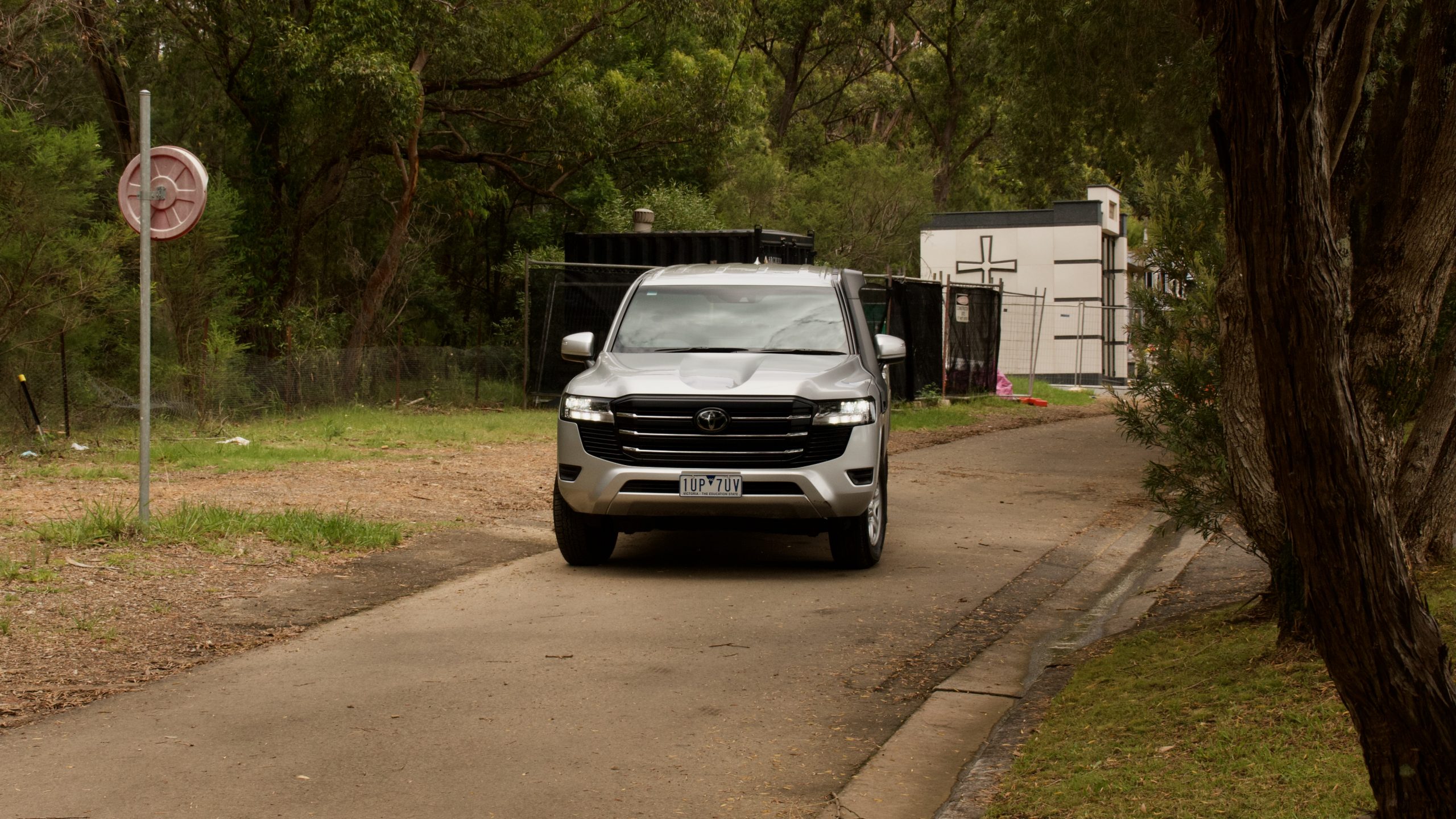
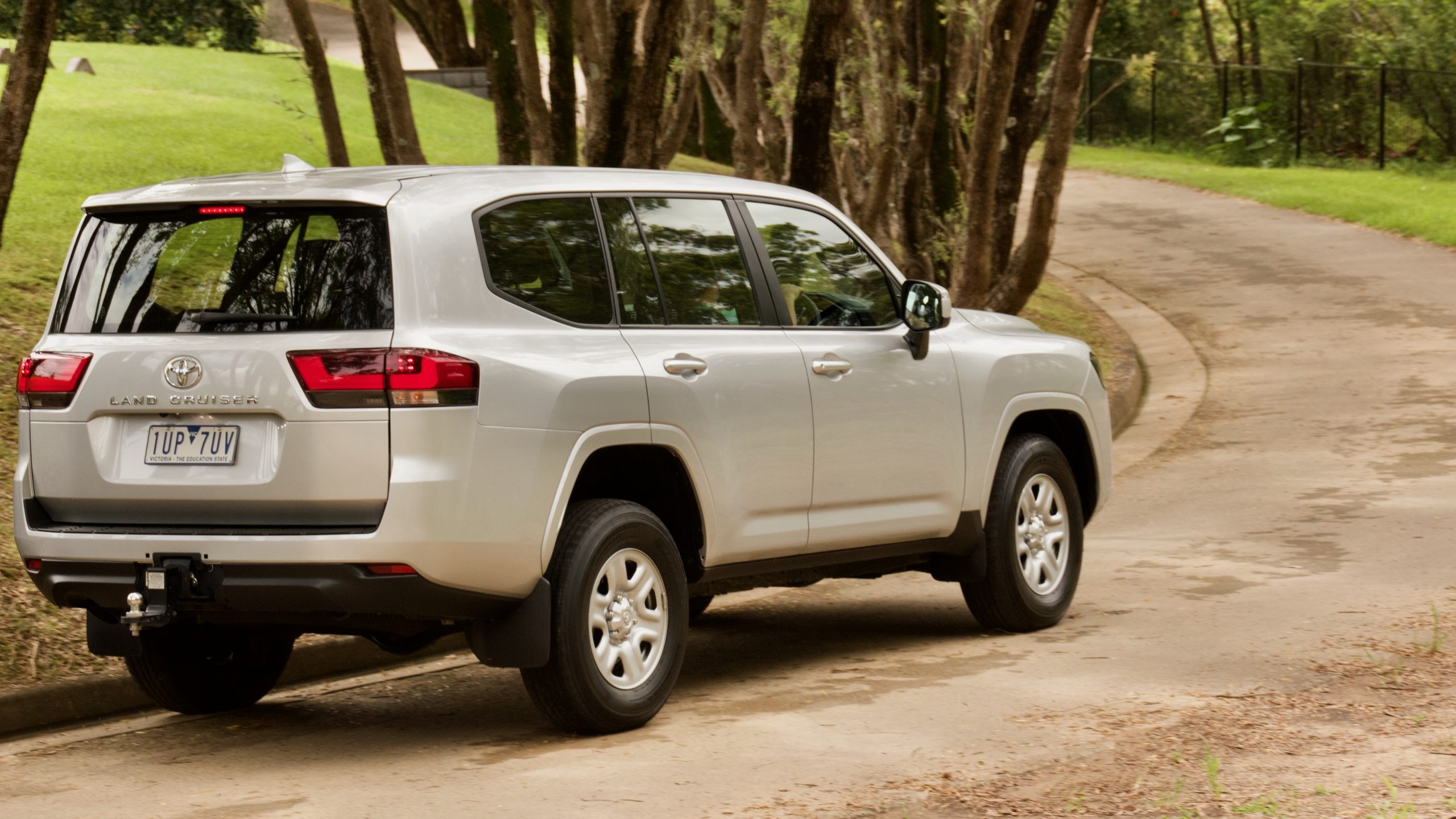
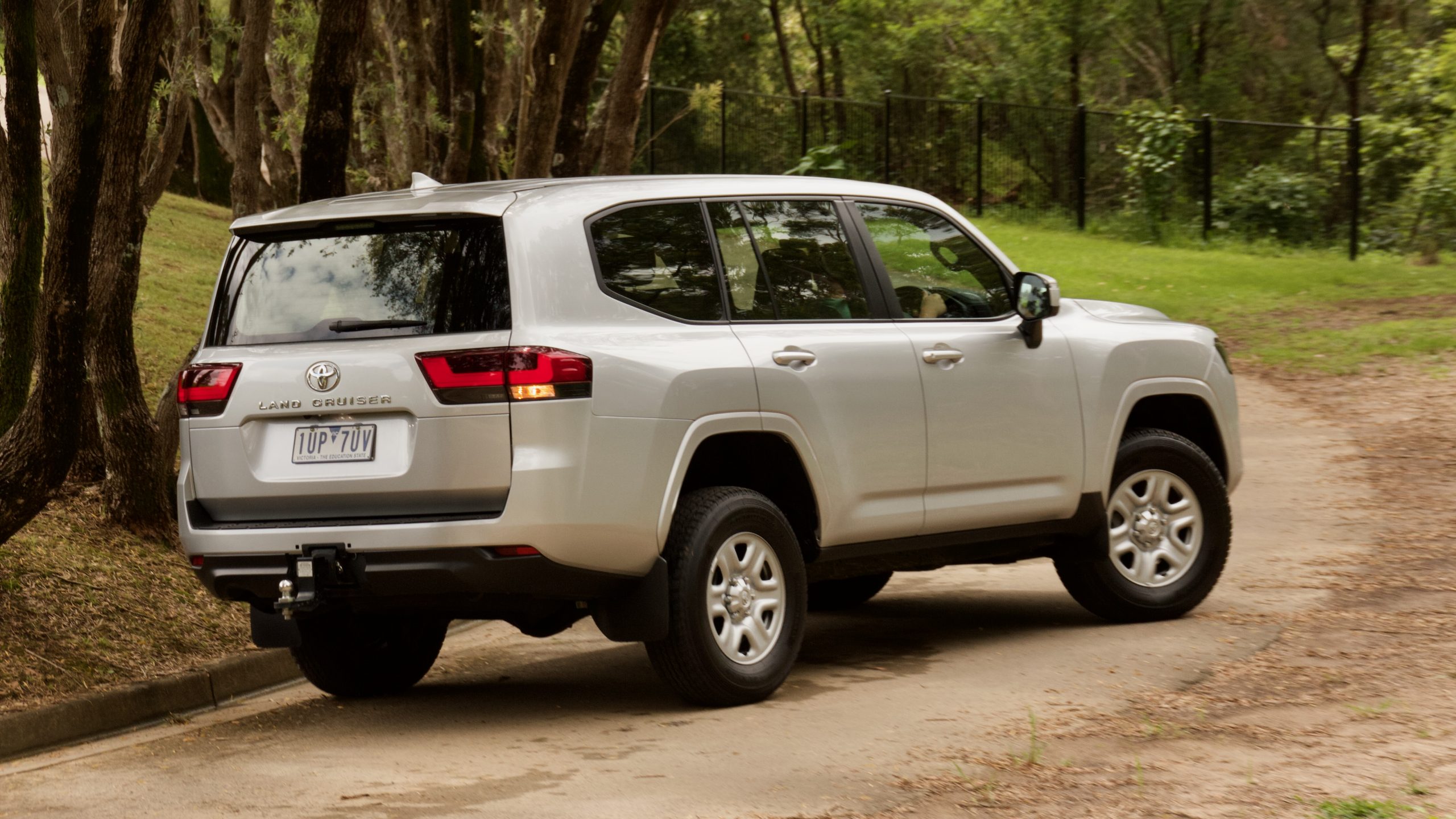
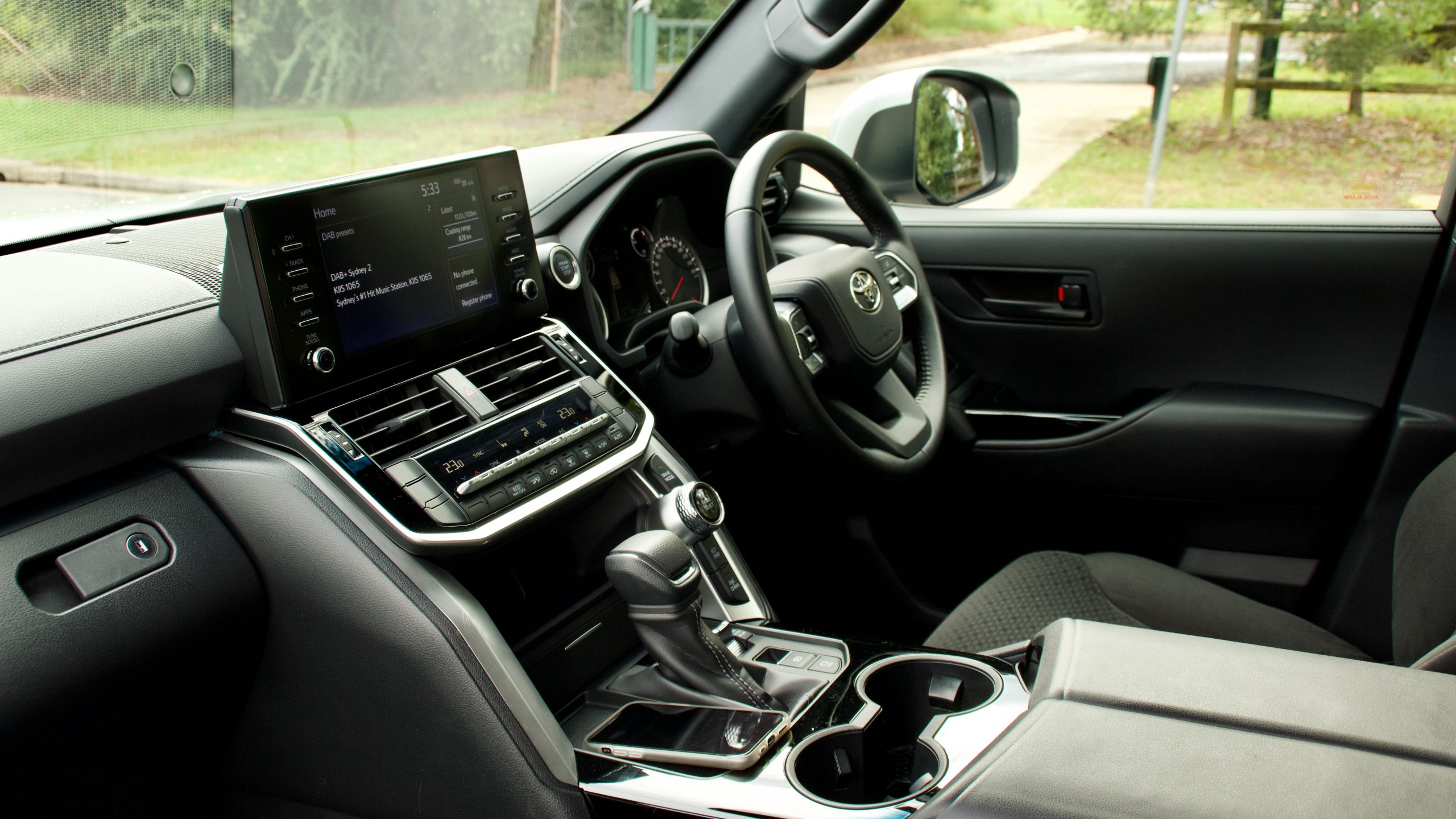
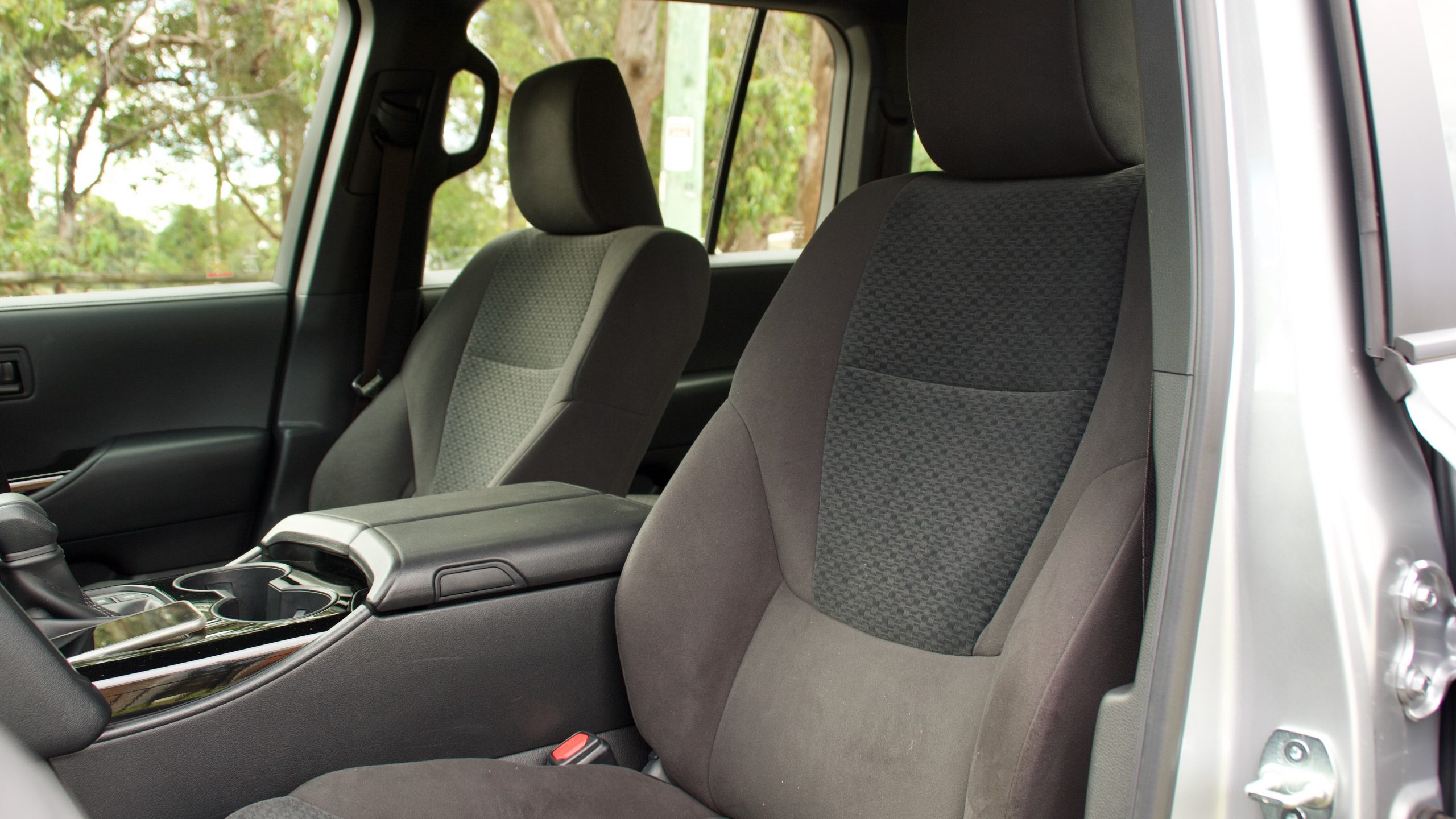
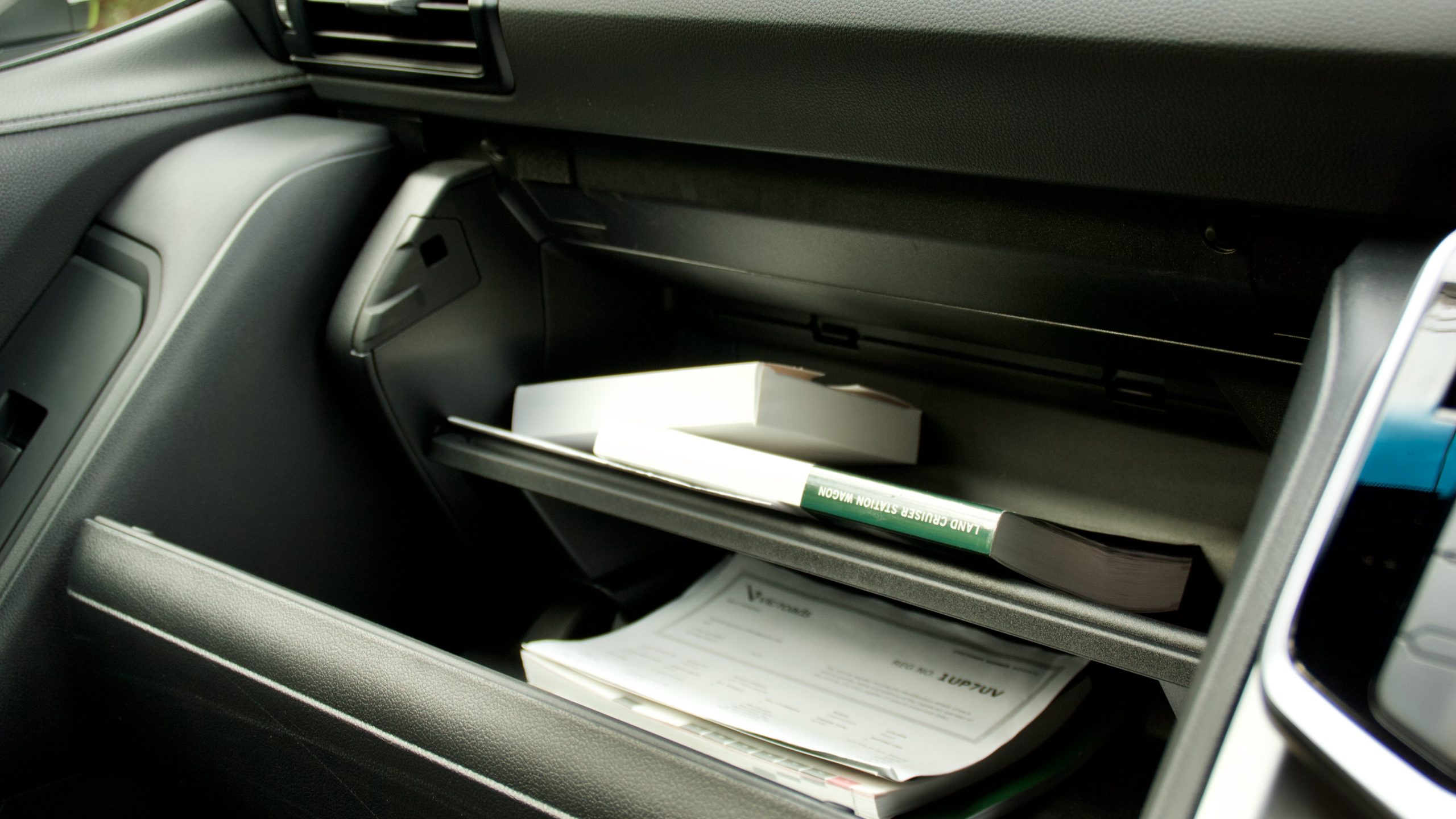
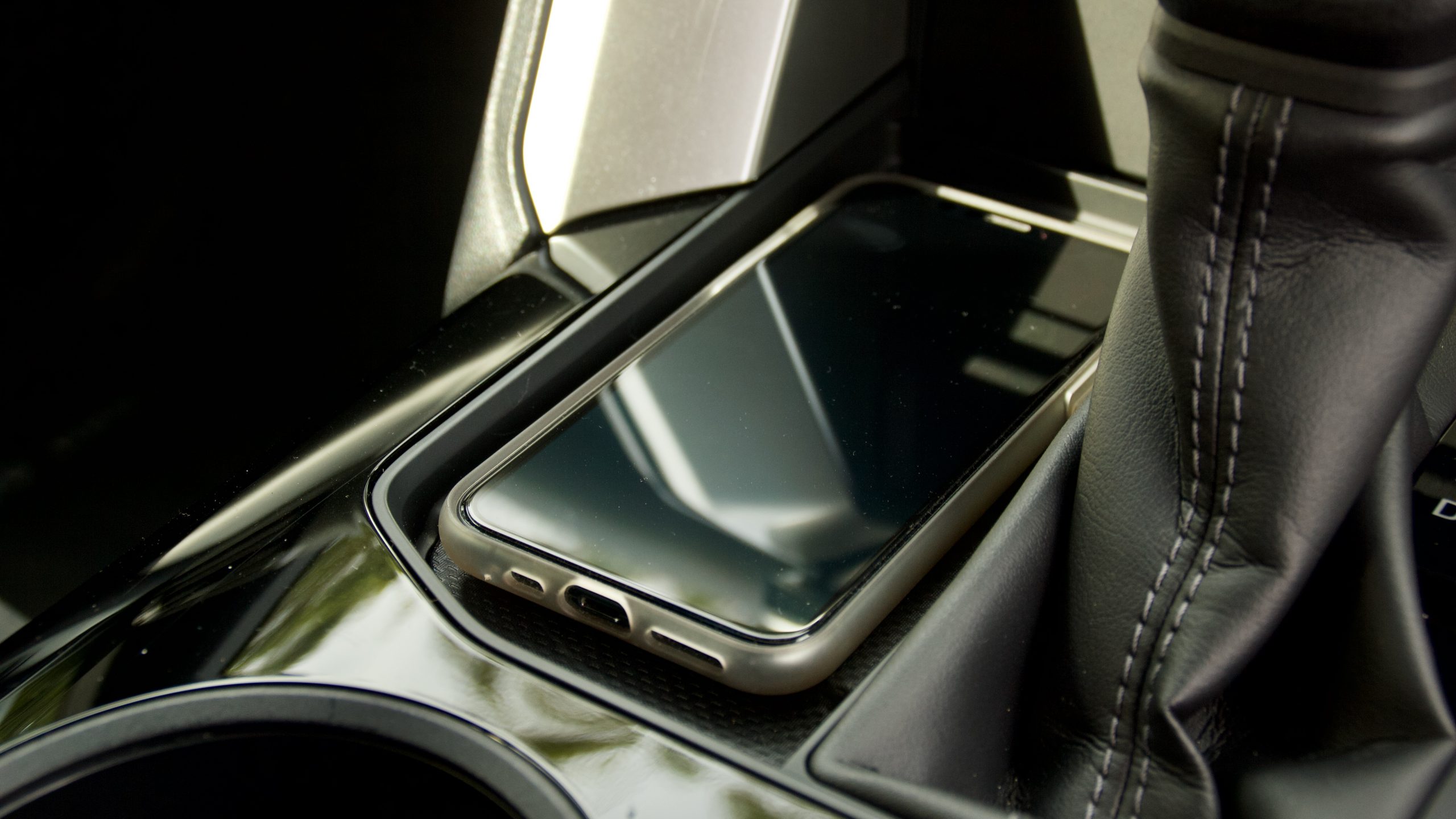
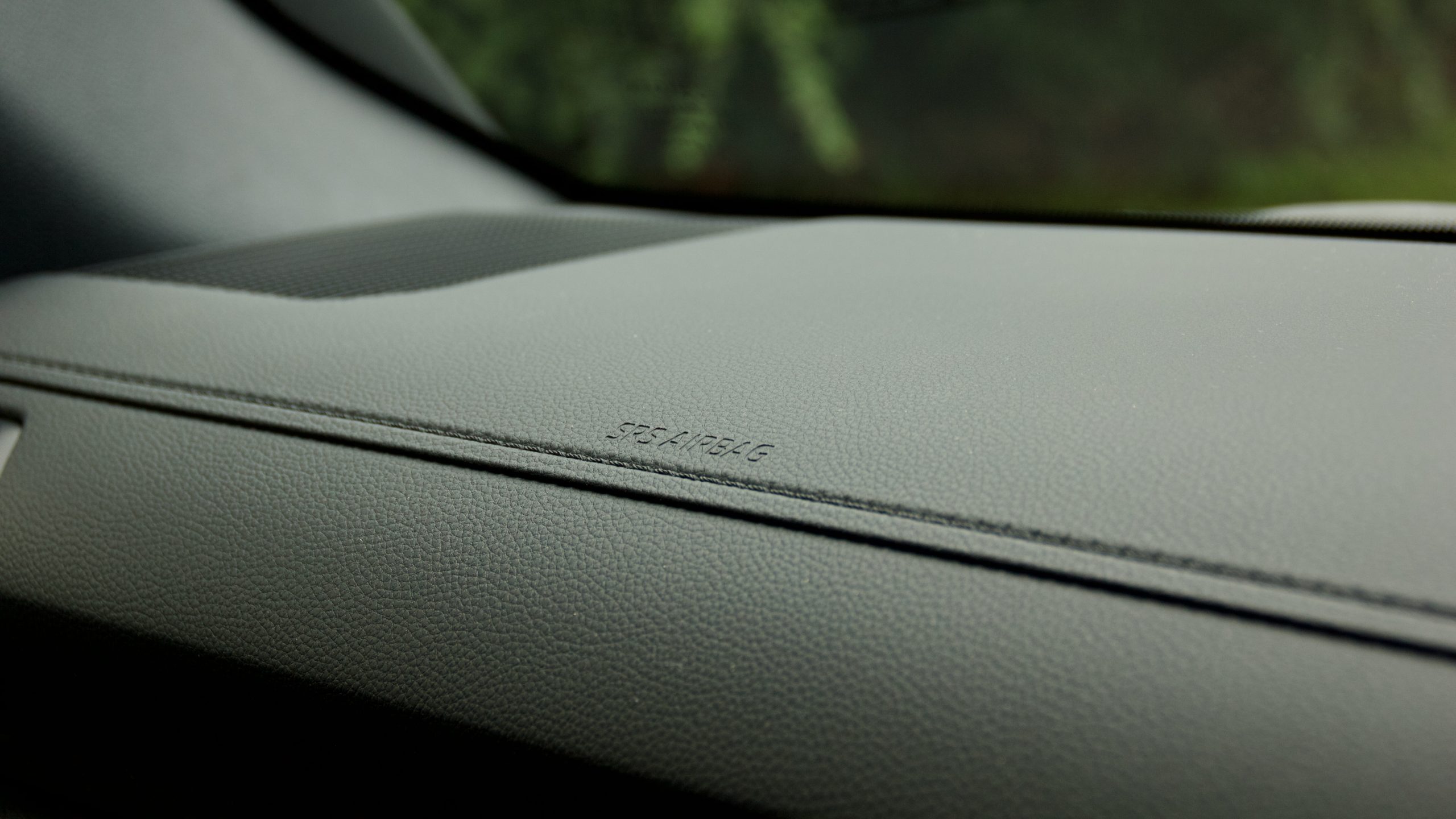
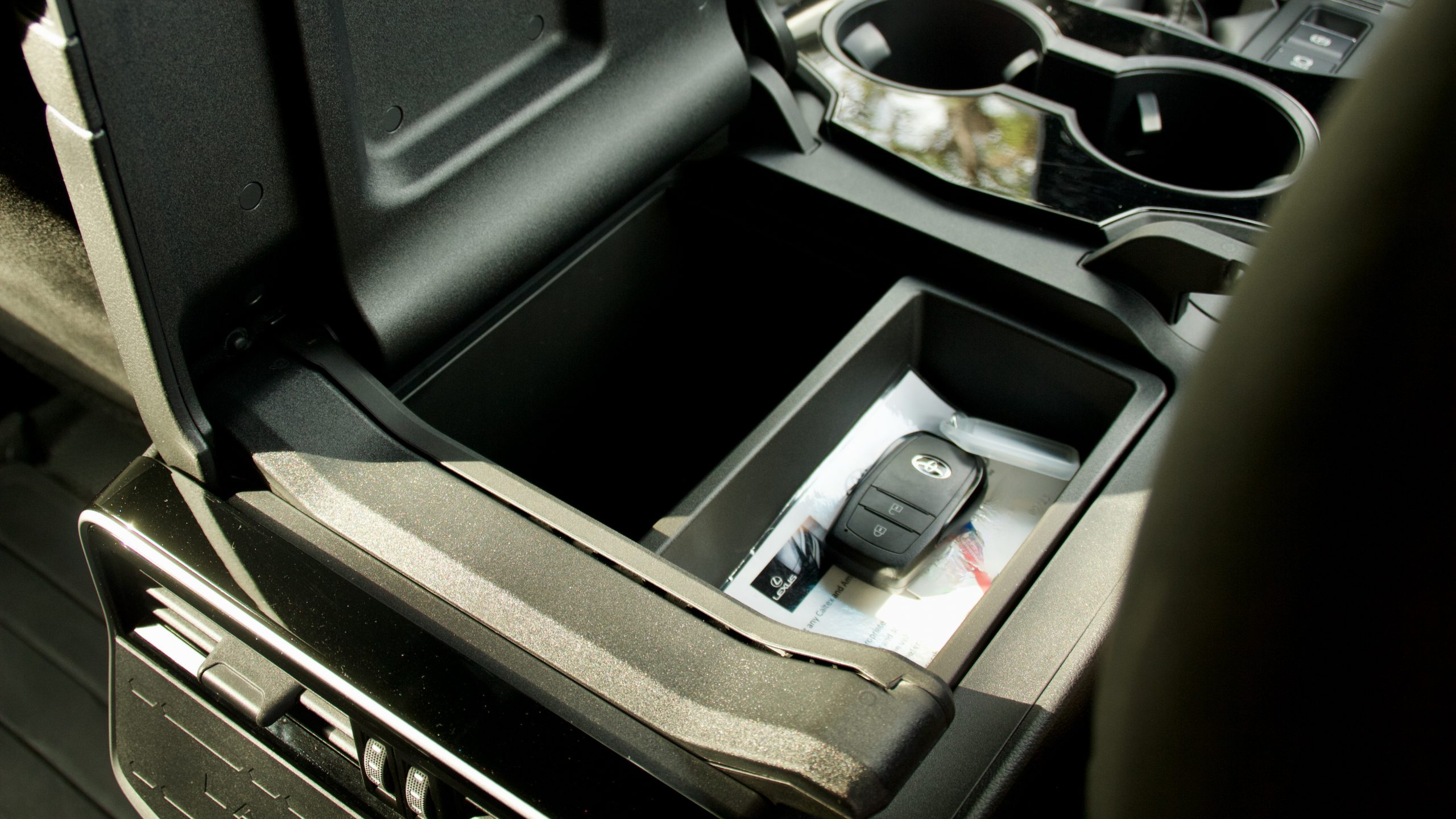
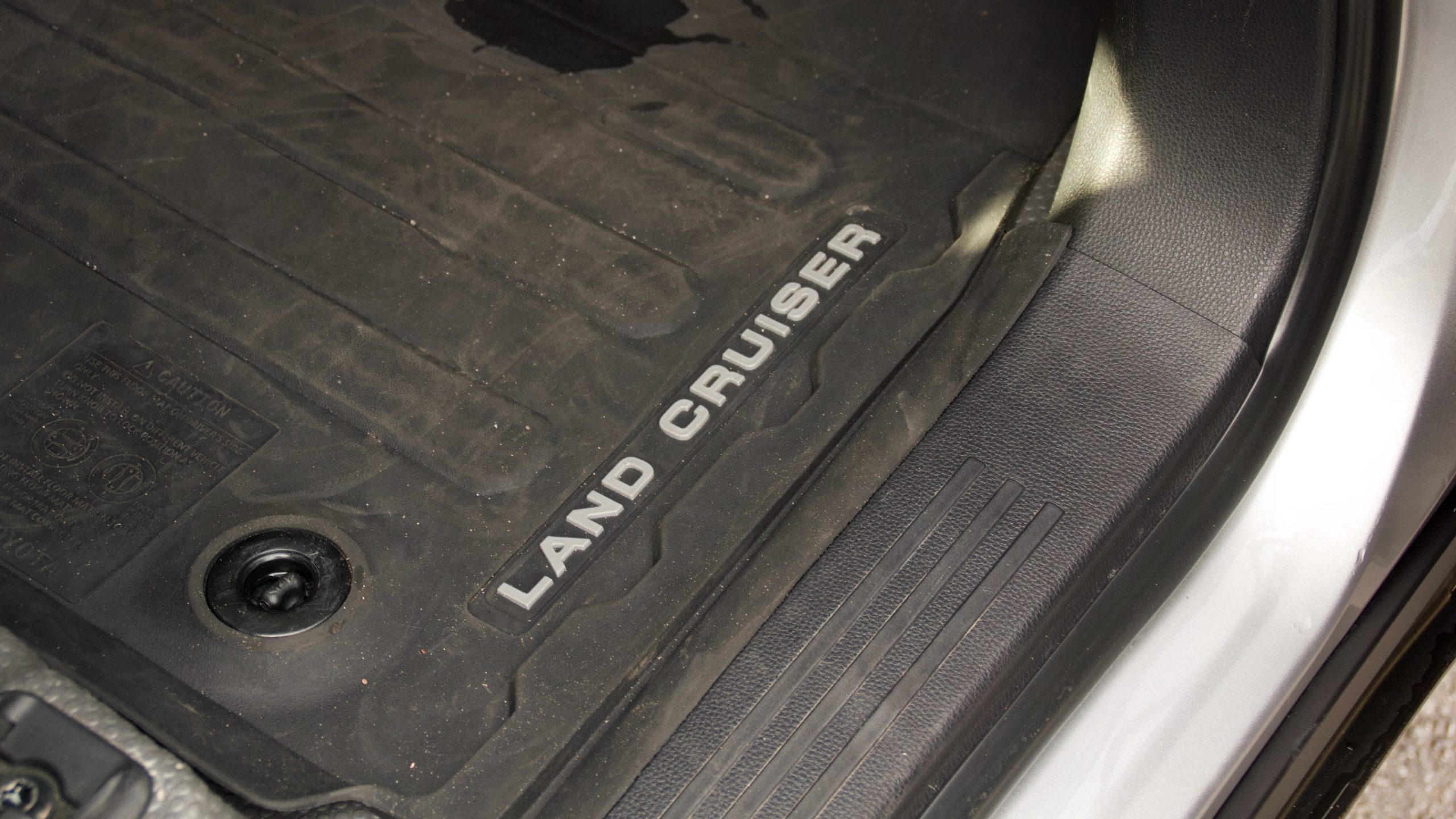
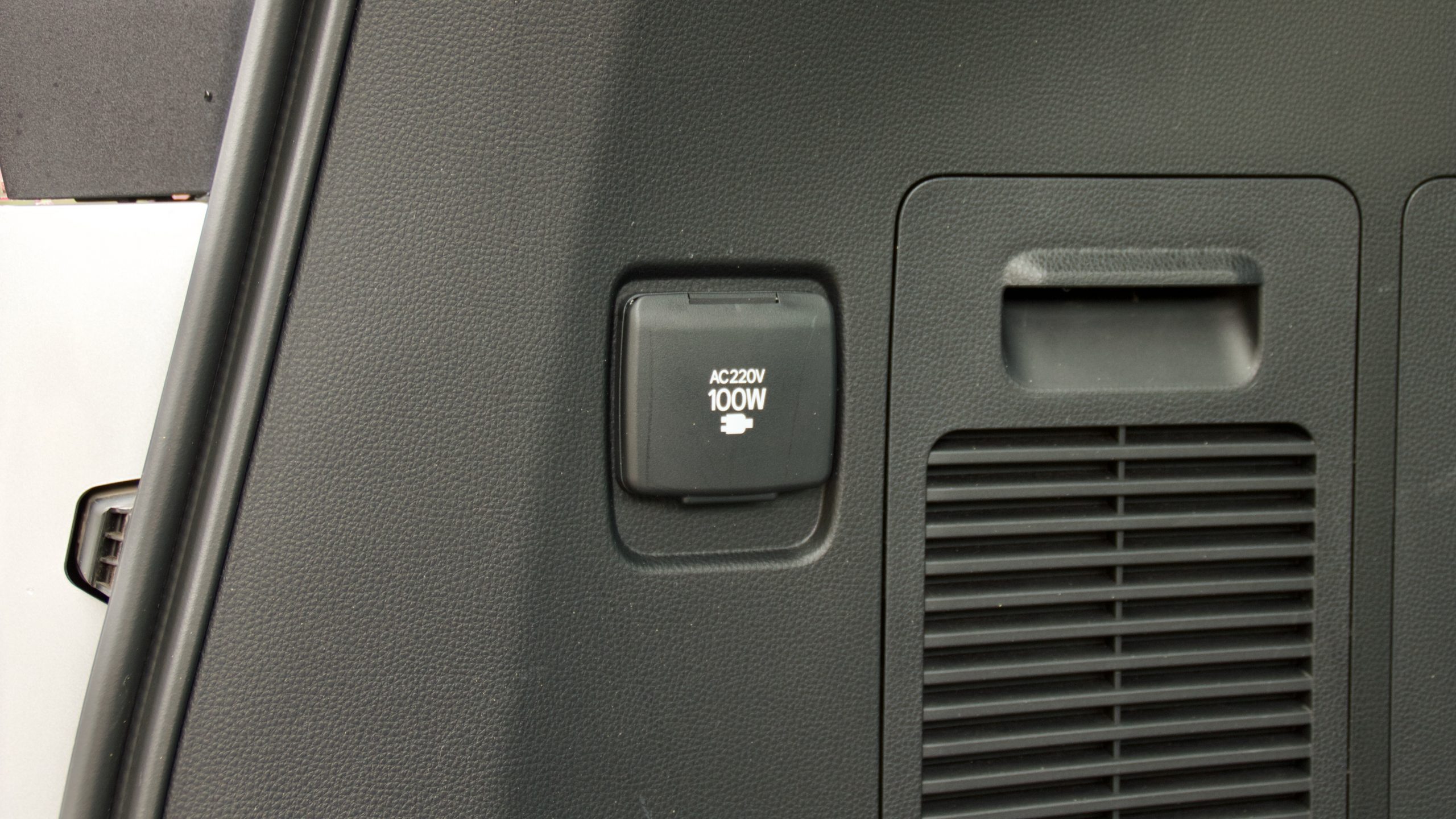
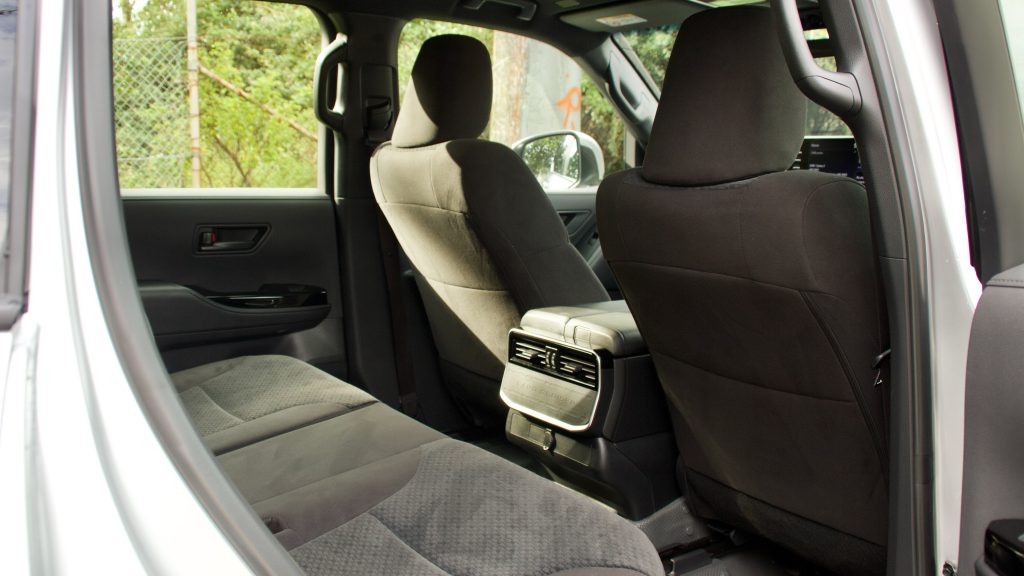
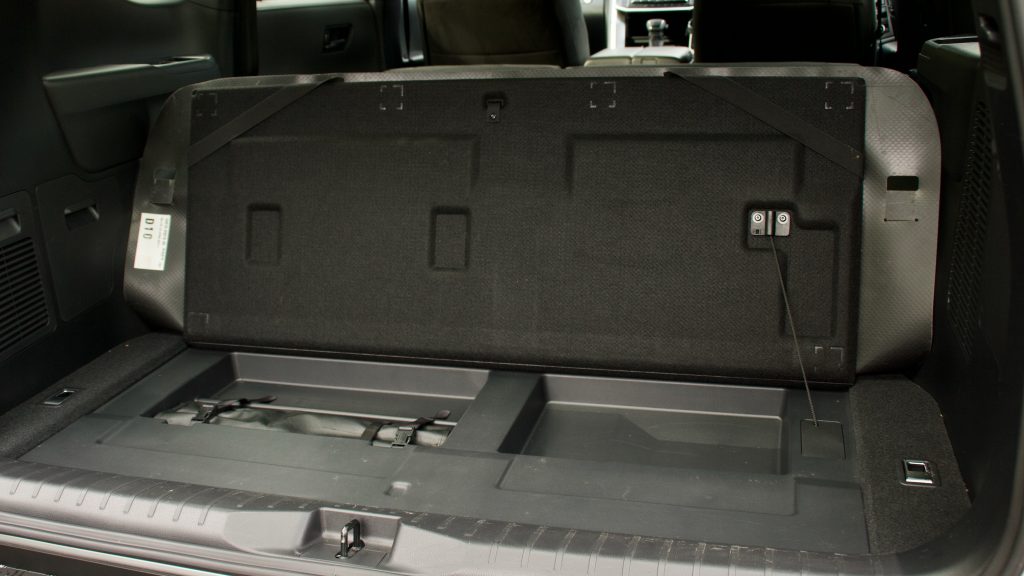
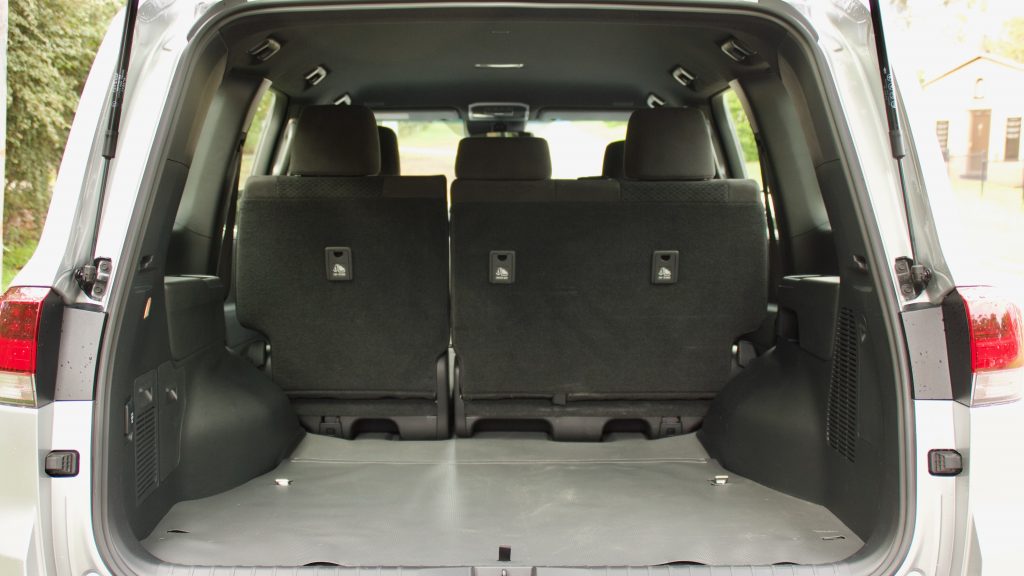
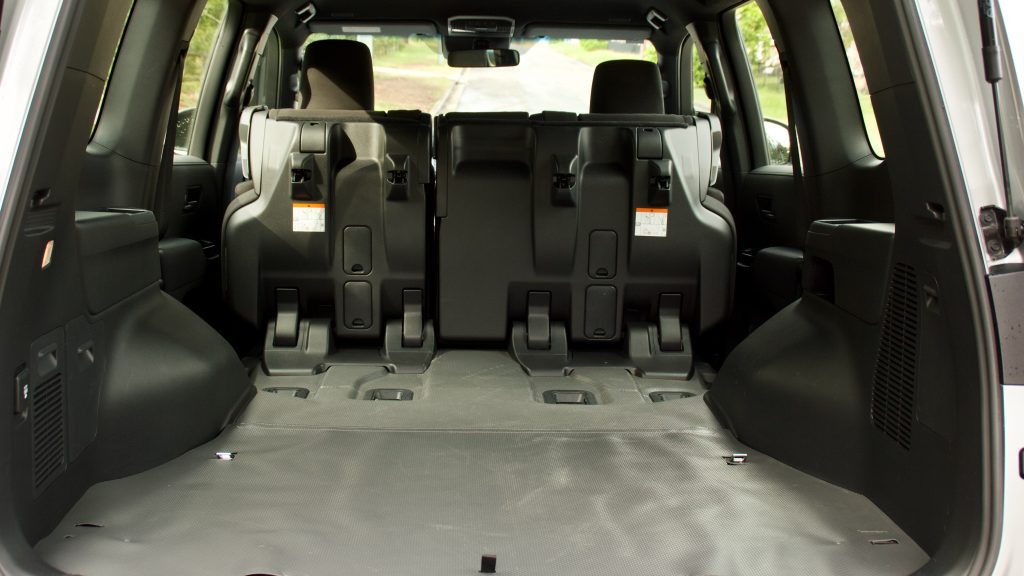
1 Question .. The 220v outlet in the boot area .. What’s it’s rating ? Can it run a household Kettle ( that’s my basic test for these ) ?
Cheers
Kym
Hi Kym,
The 220 volt socket can power appliances up to 100 watts – most kettles are in the 2200-2400 watt range so no go for the household kettle!
Hope this helps!
David
Great review! The 2022 Toyota LandCruiser 300 Series GX looks impressive, especially with its off-road capabilities. I love the blend of modern tech and ruggedness. Can’t wait to see how it performs in real-world conditions!